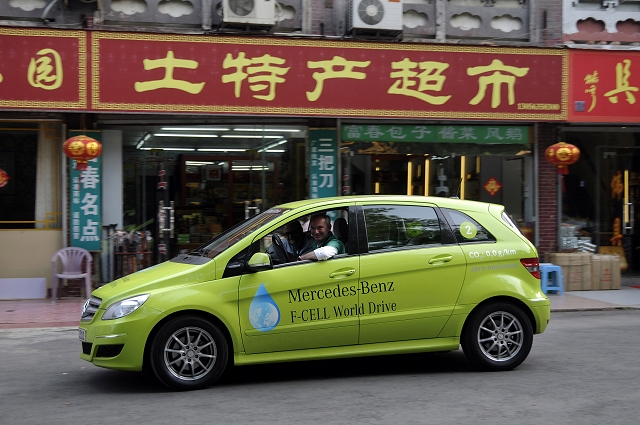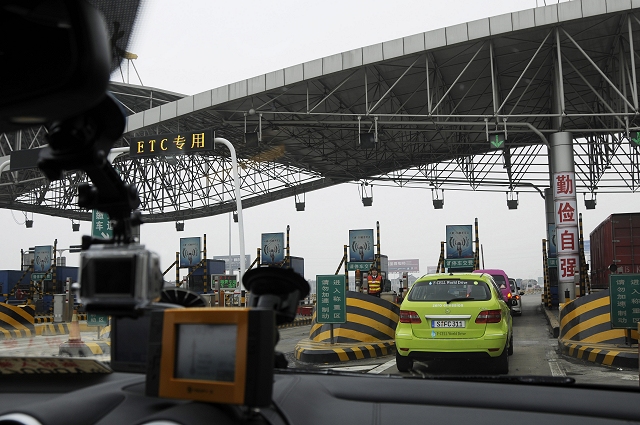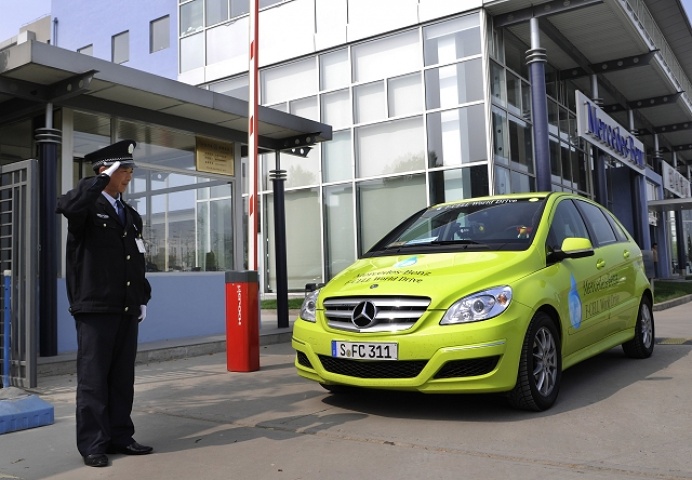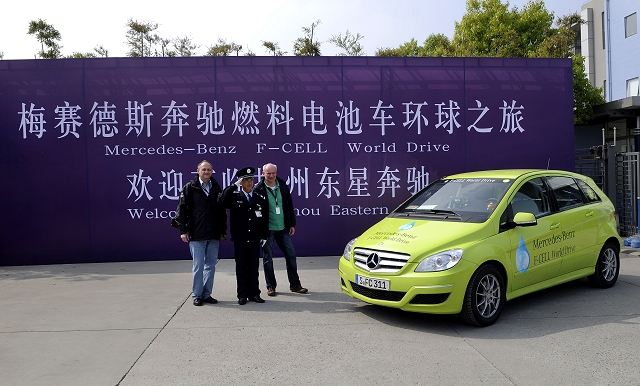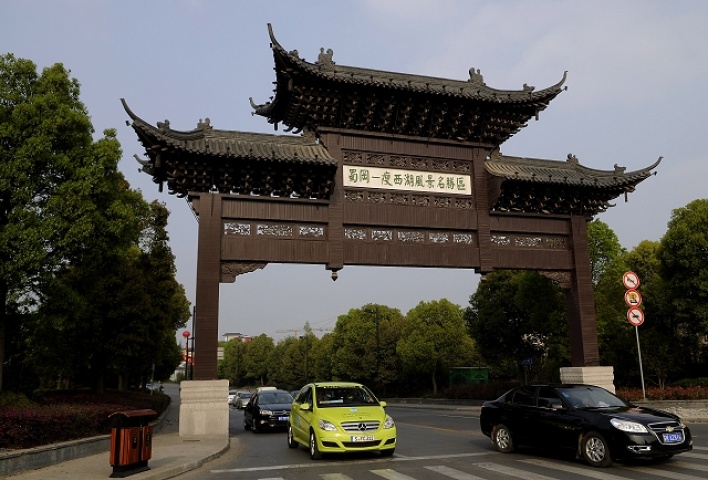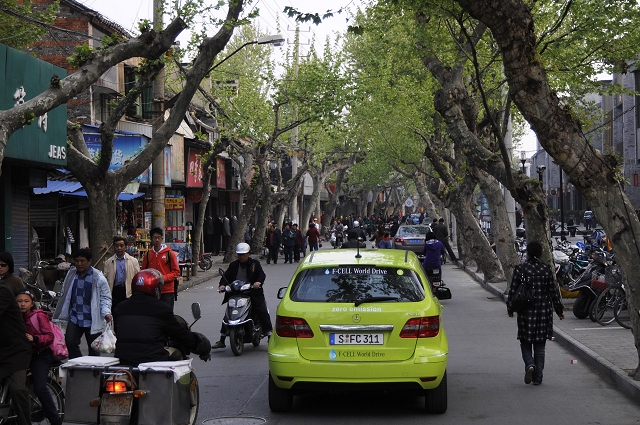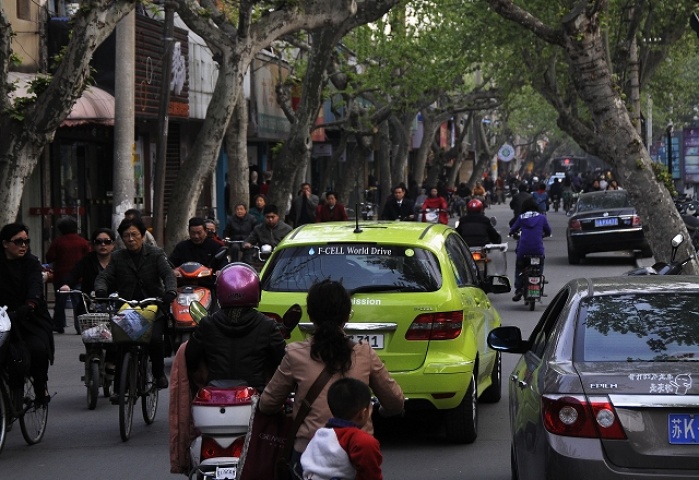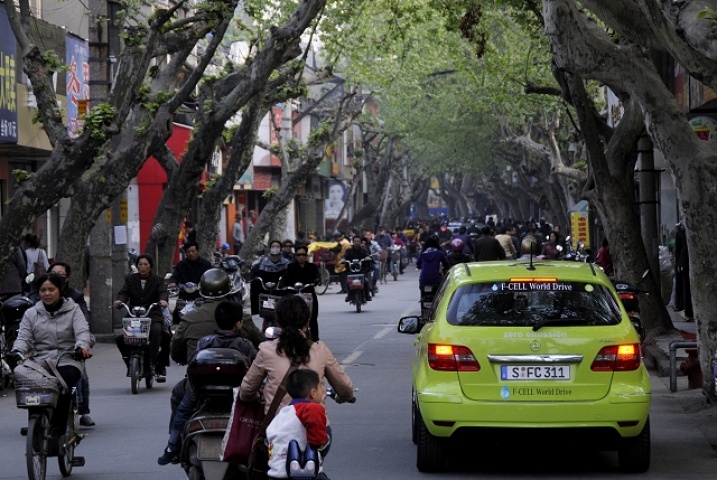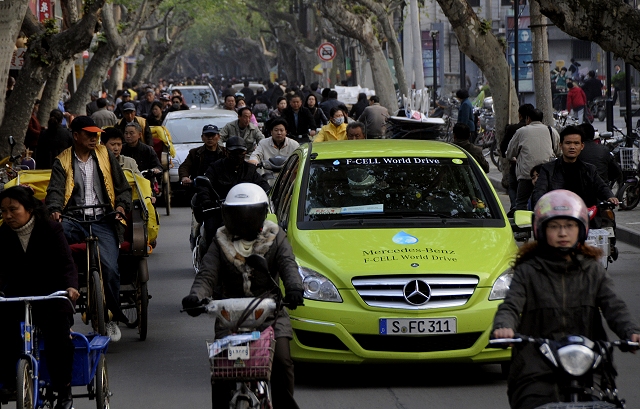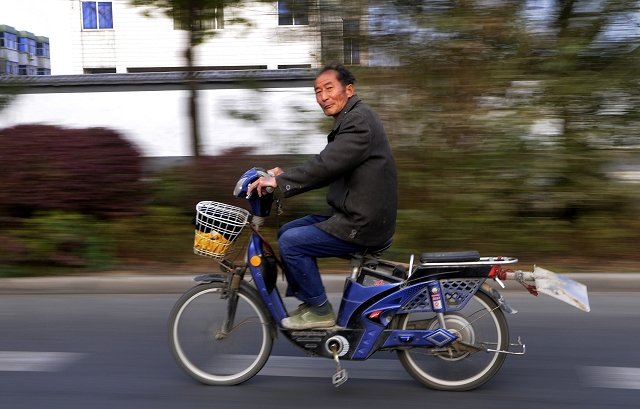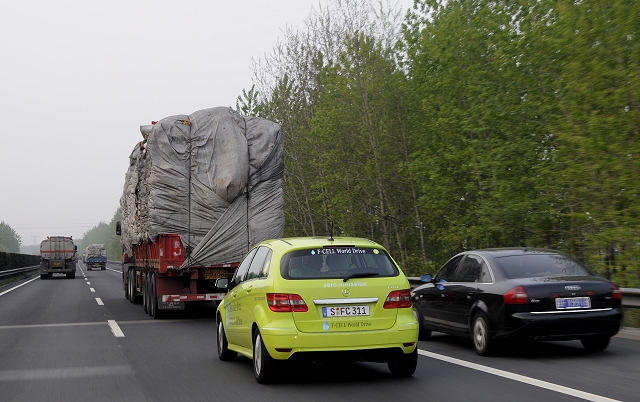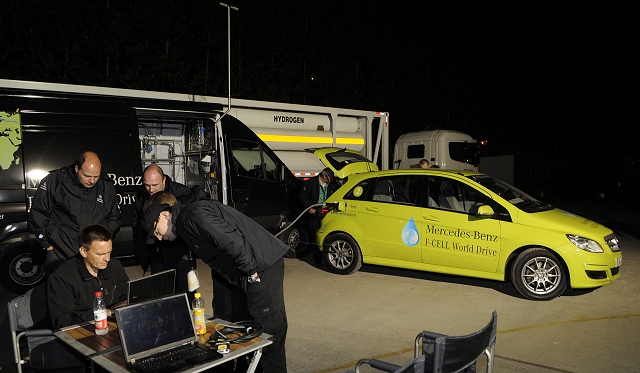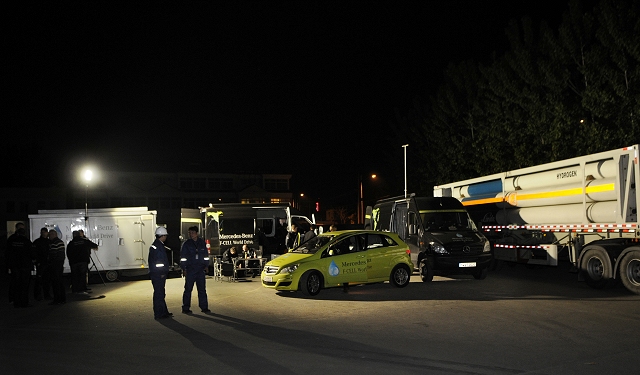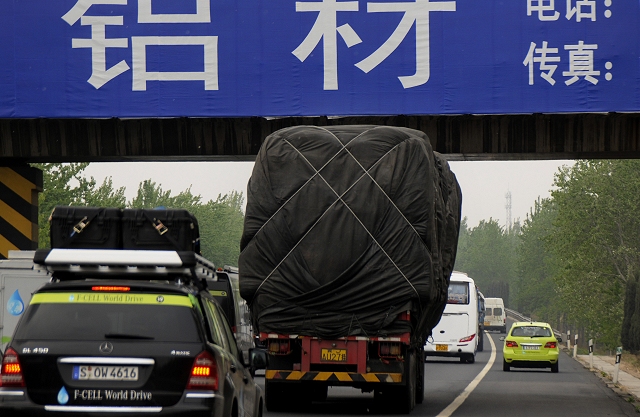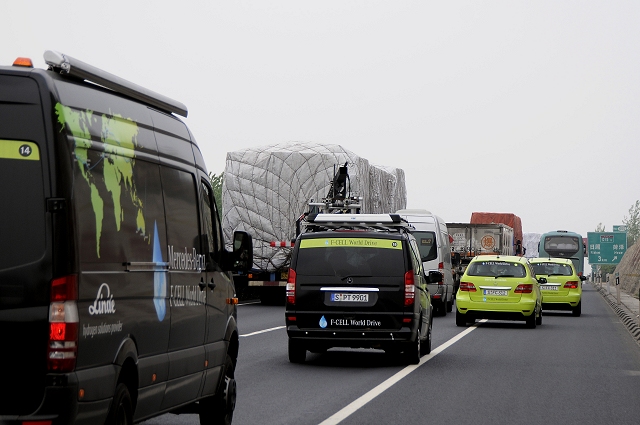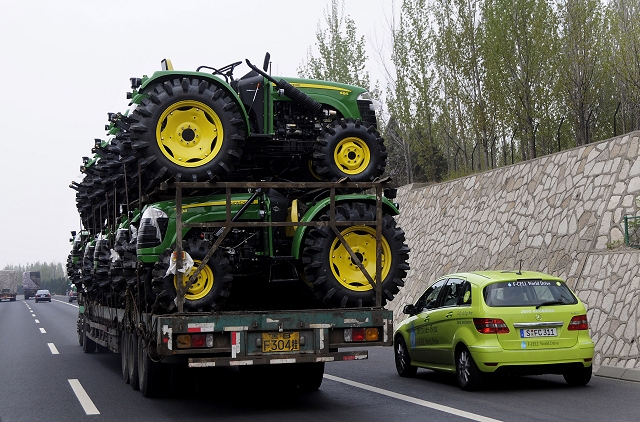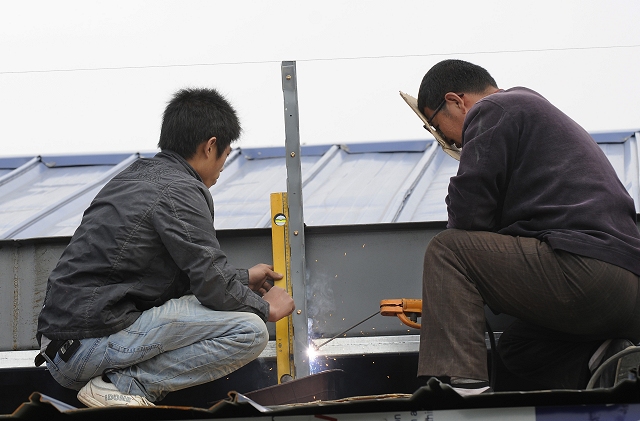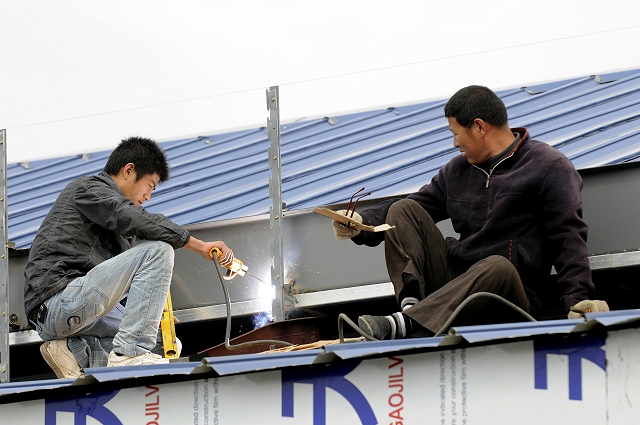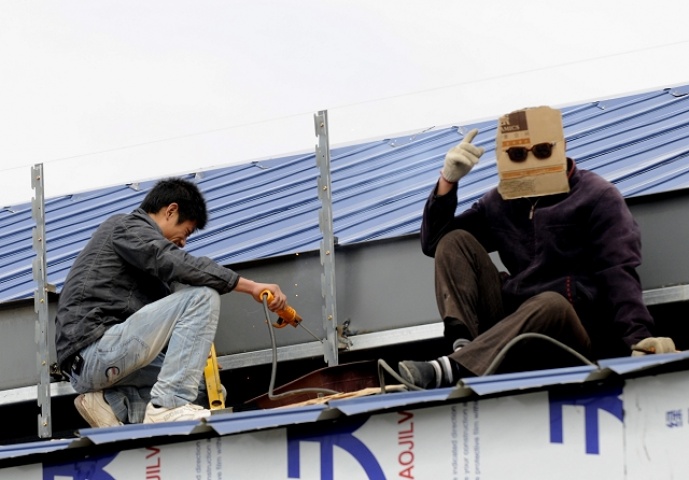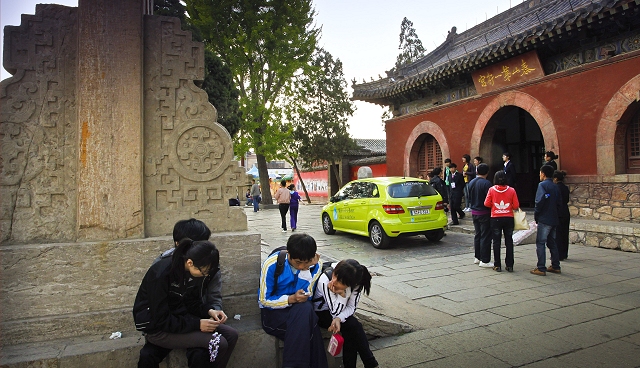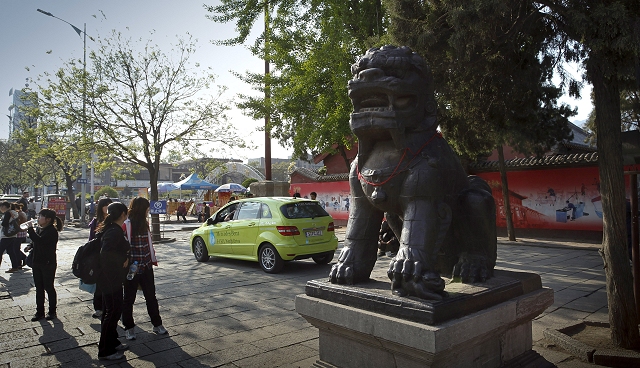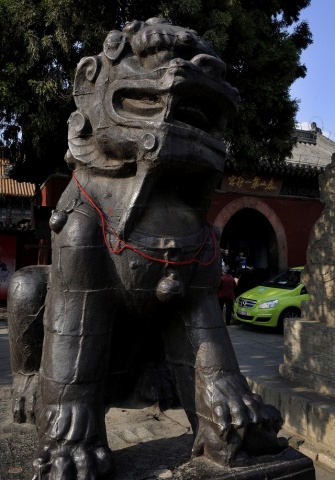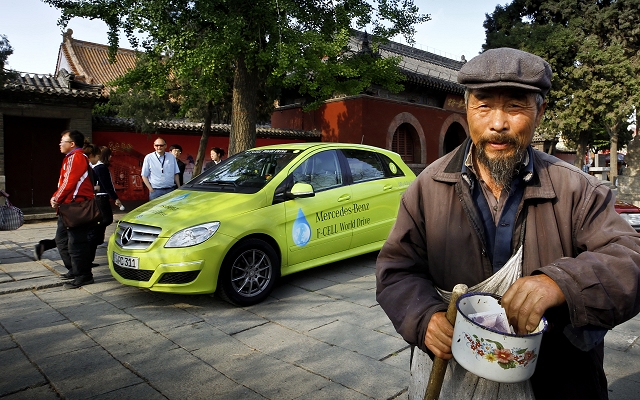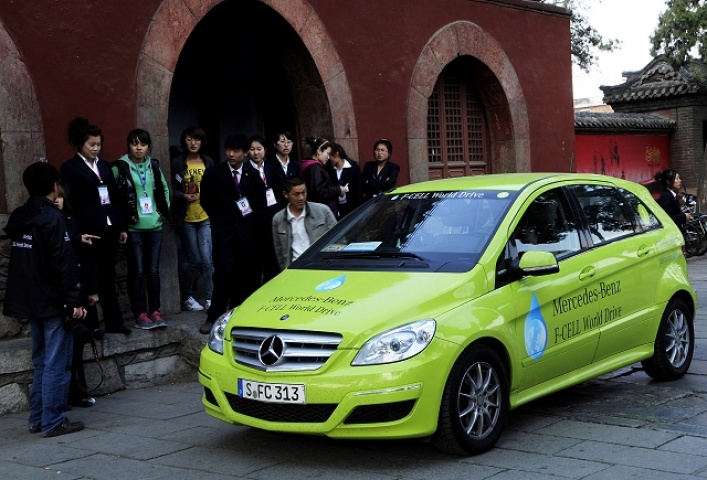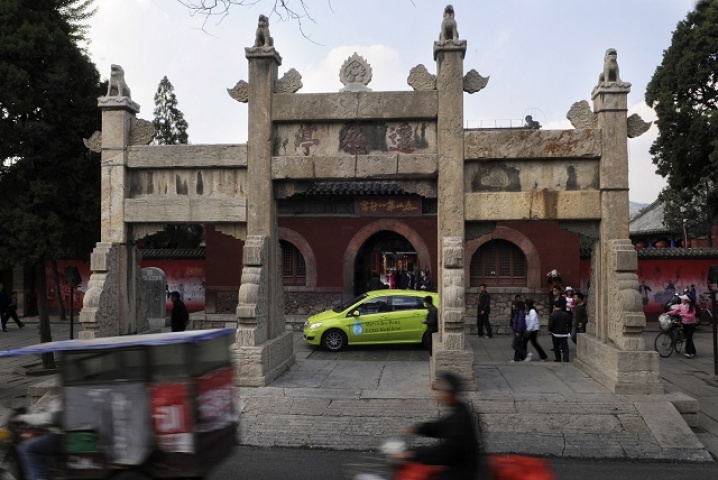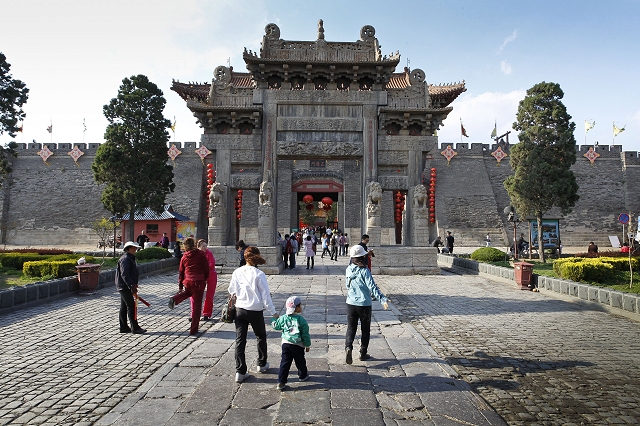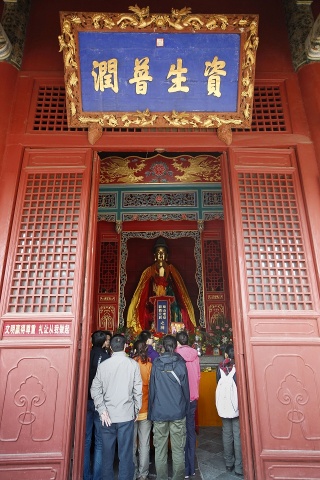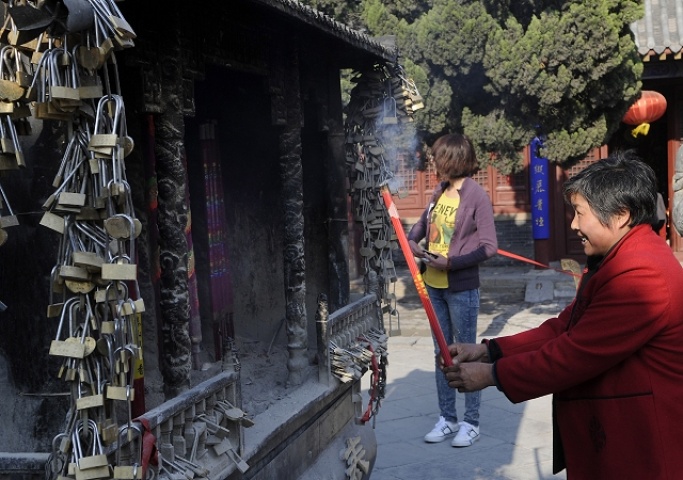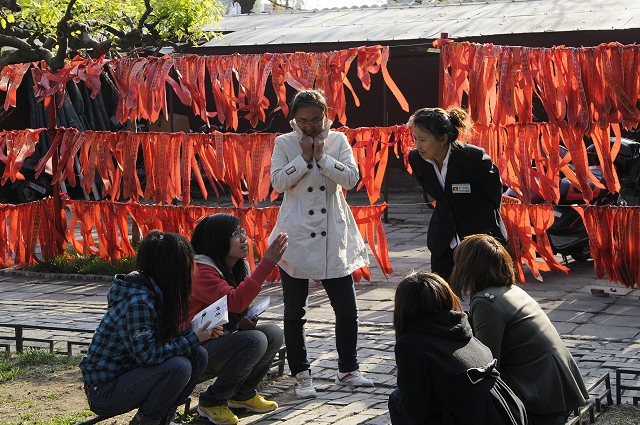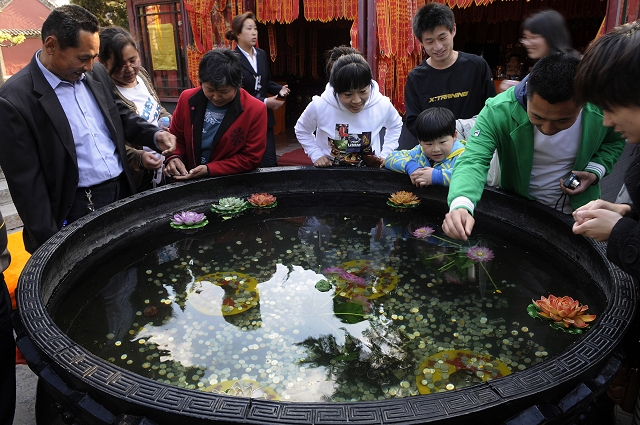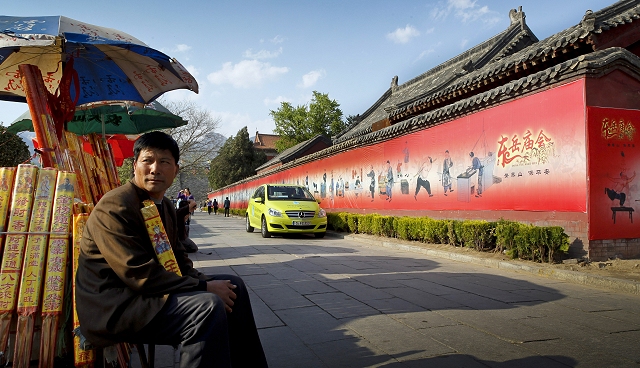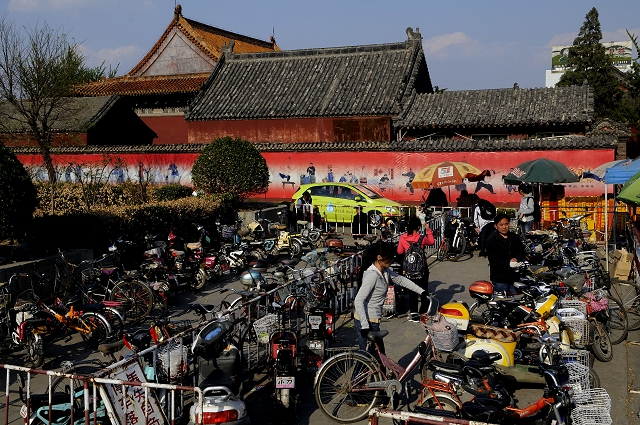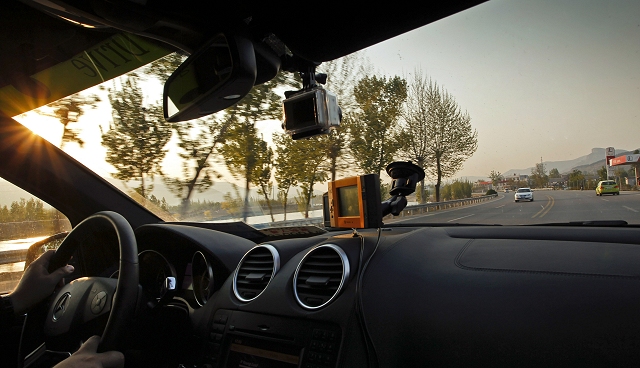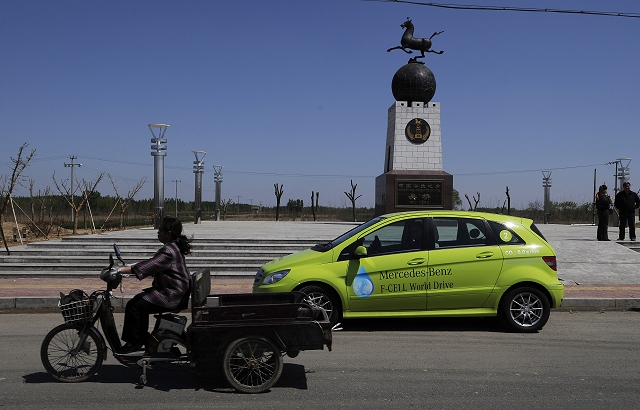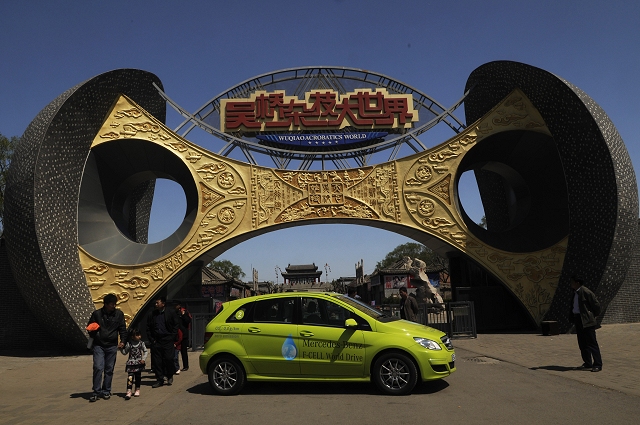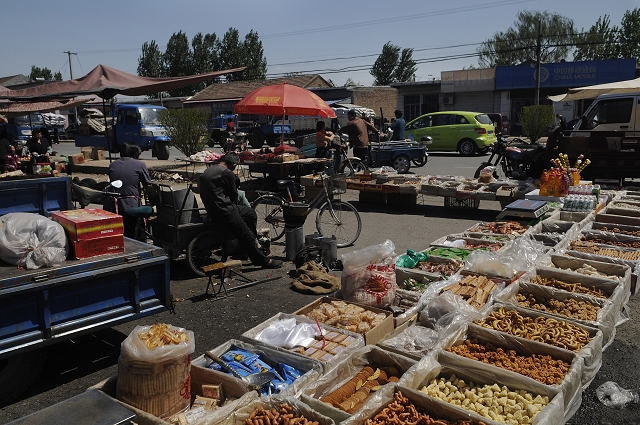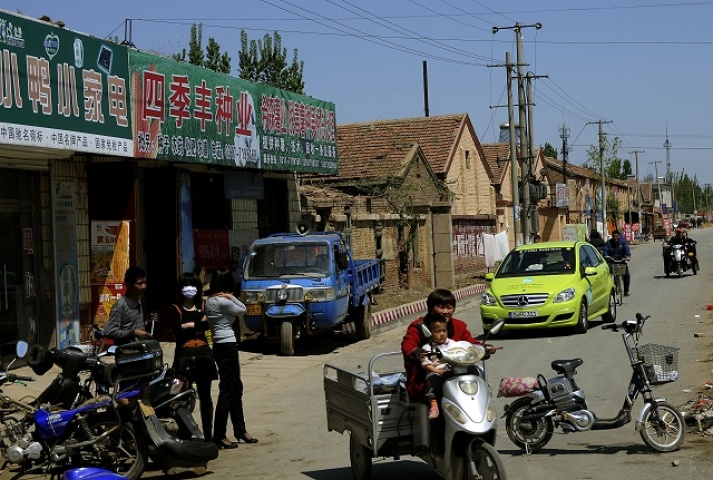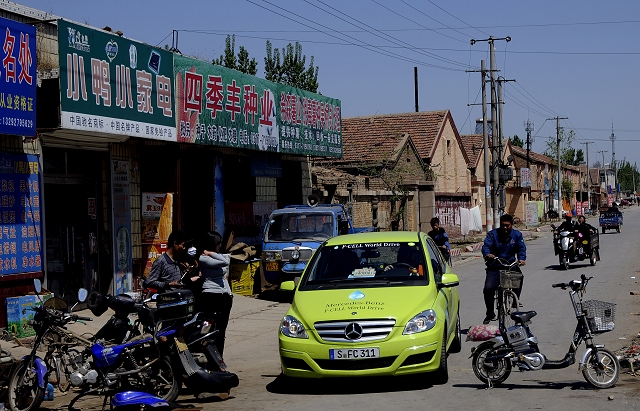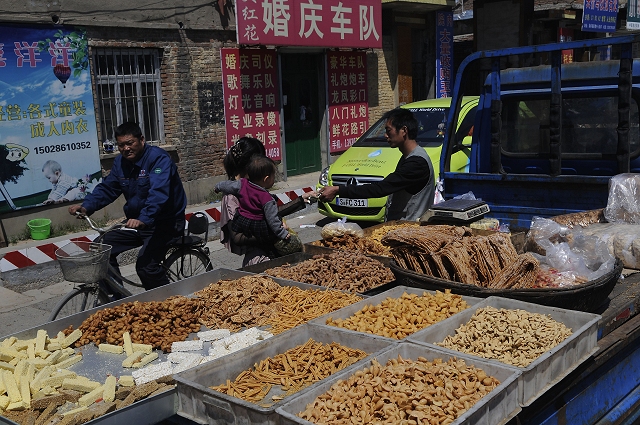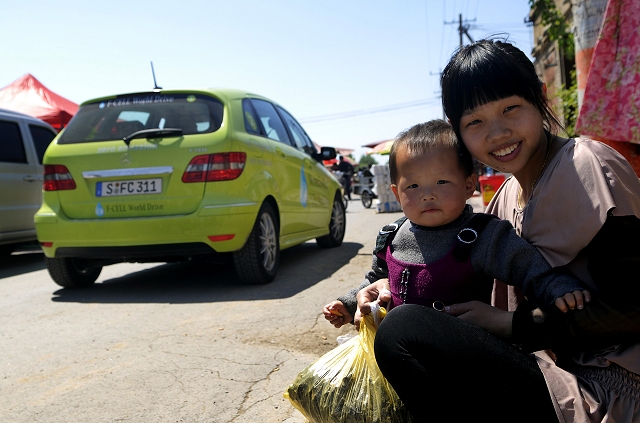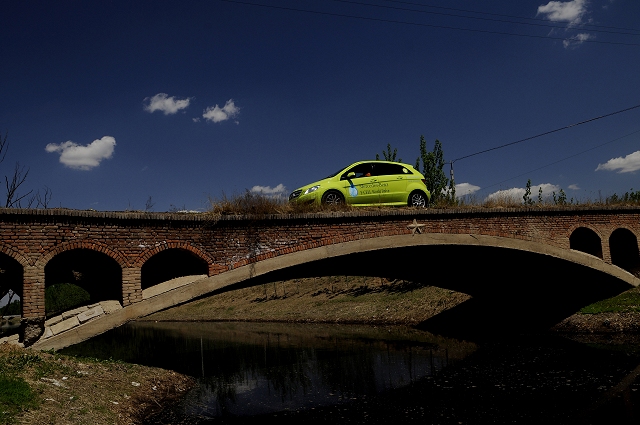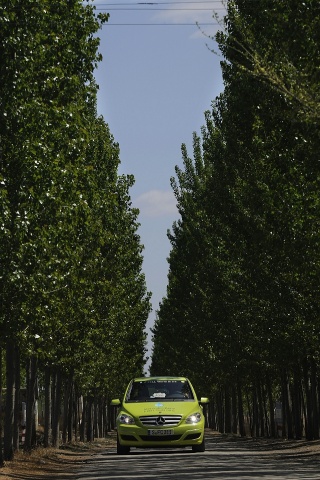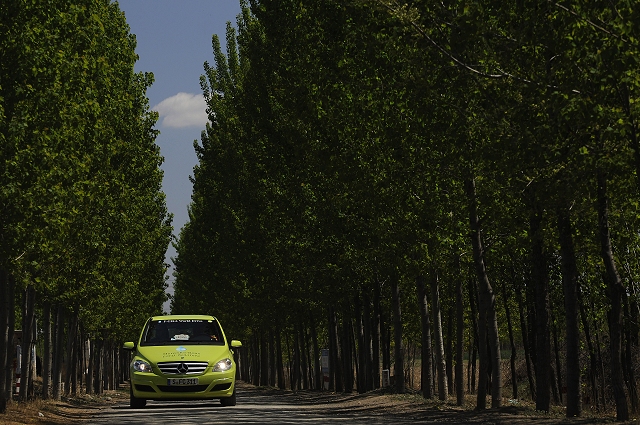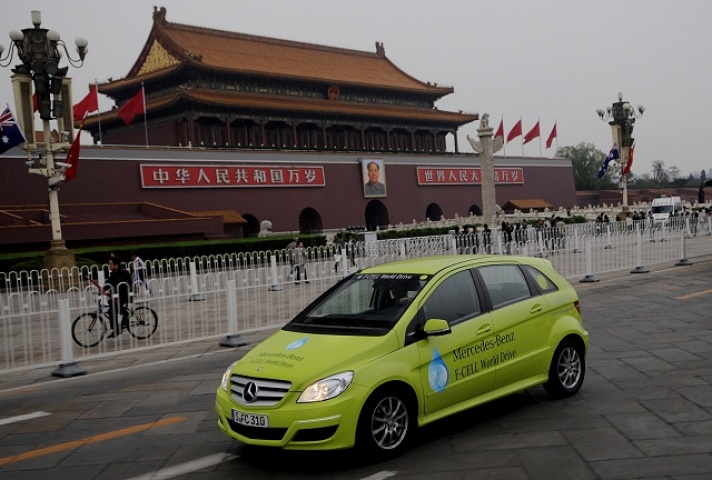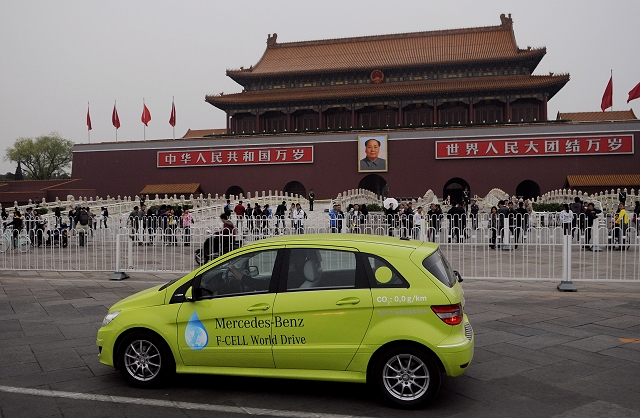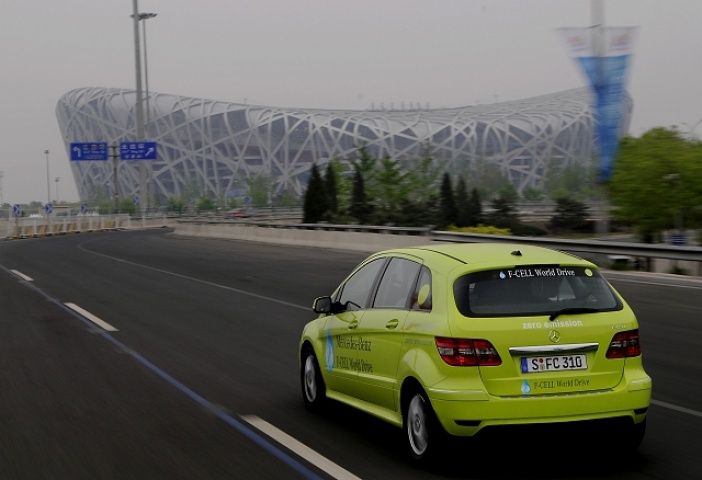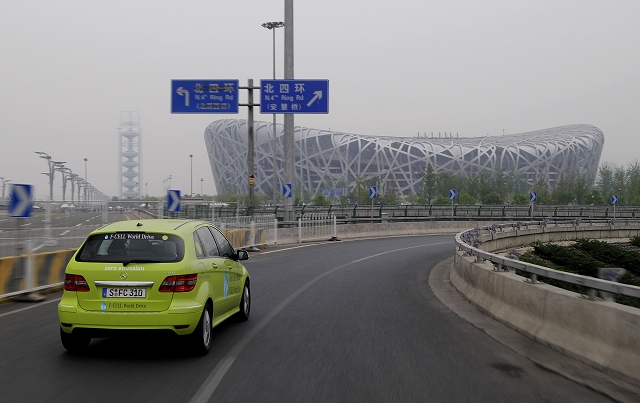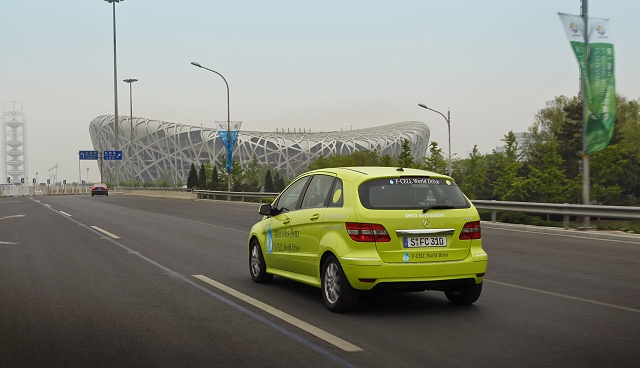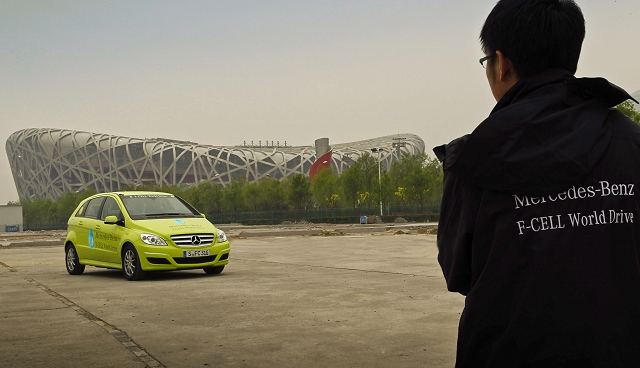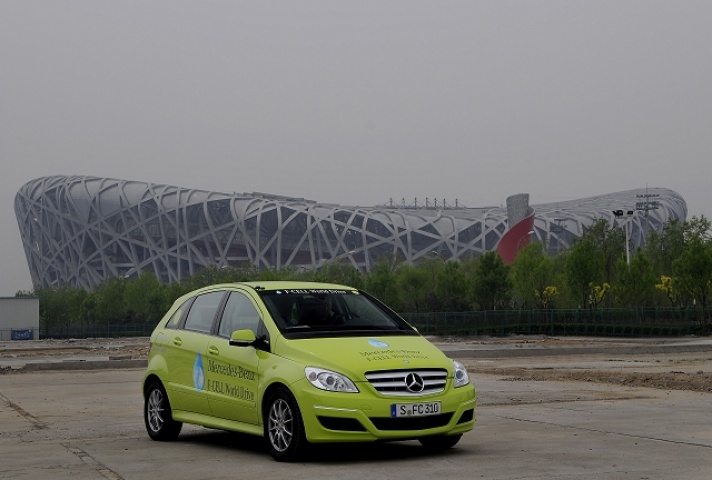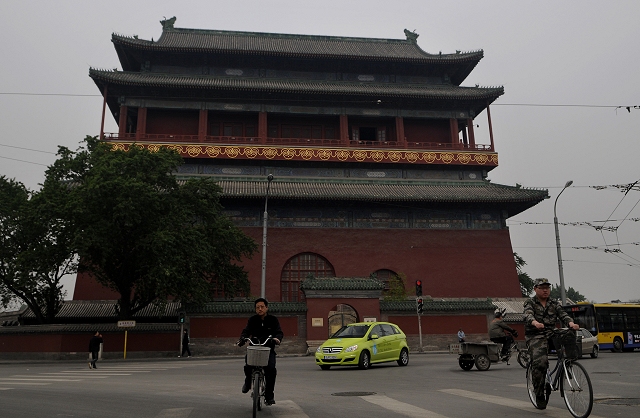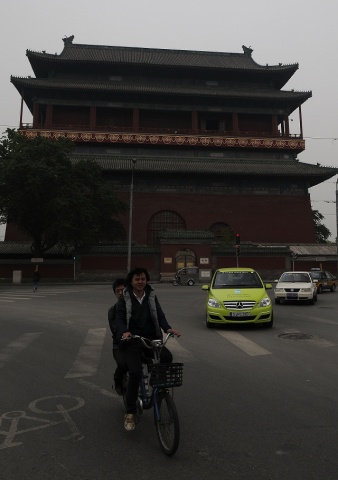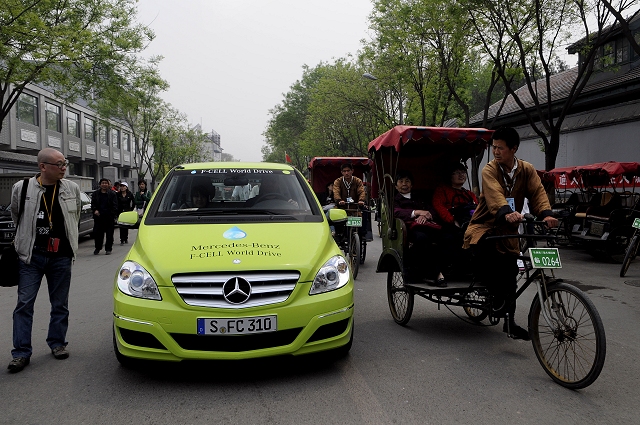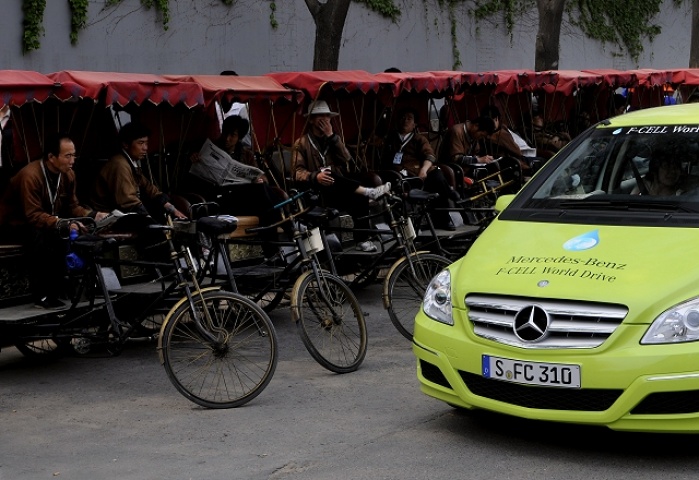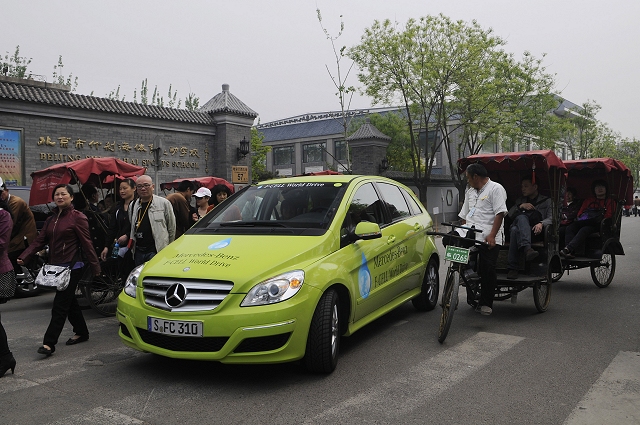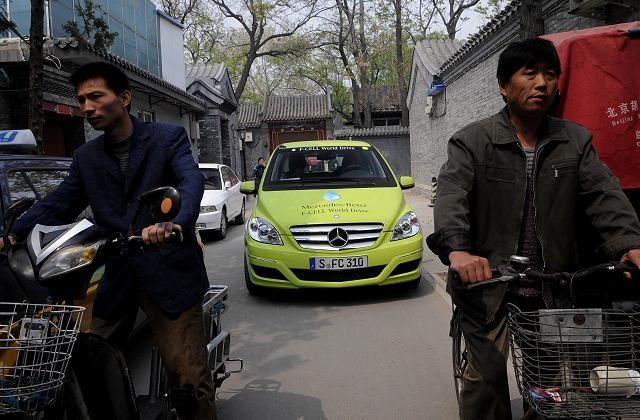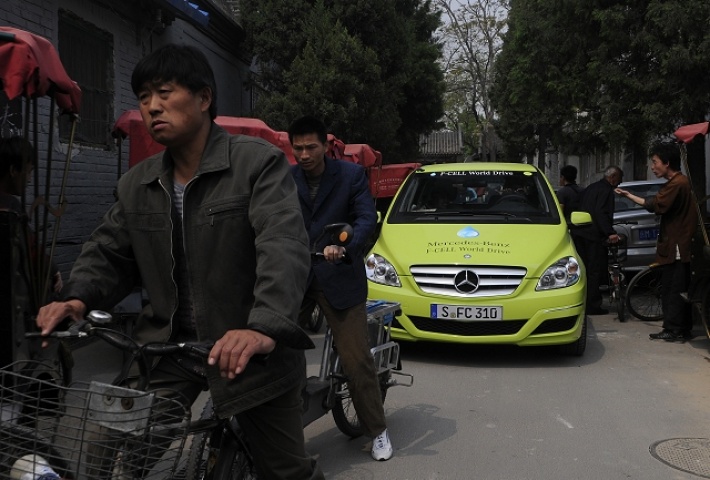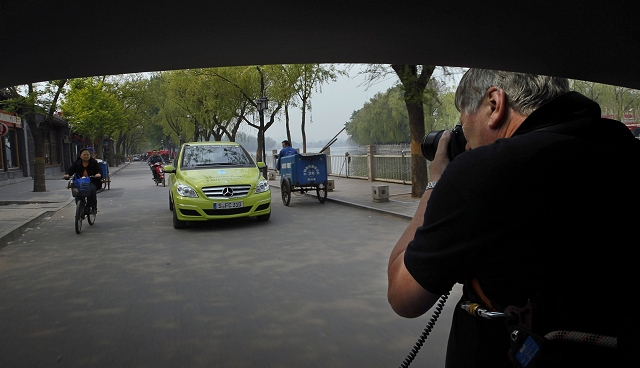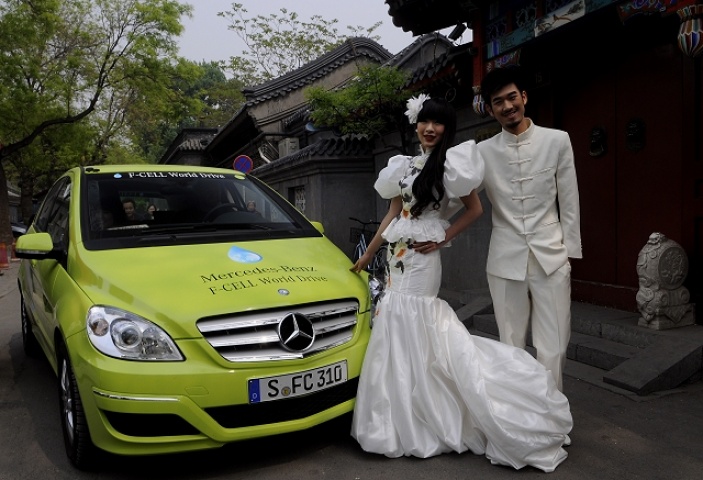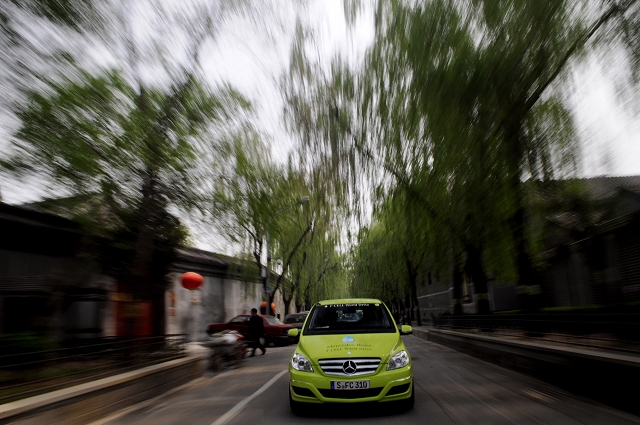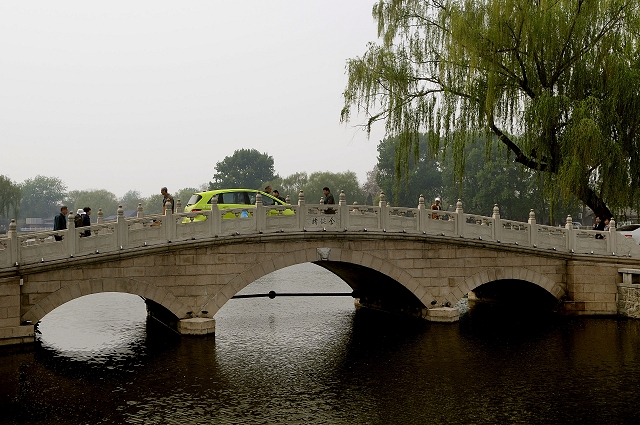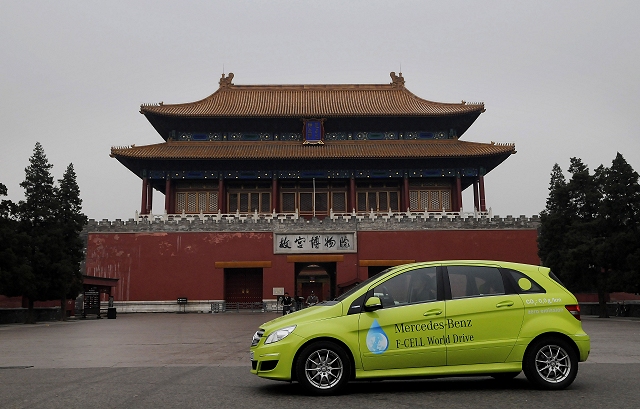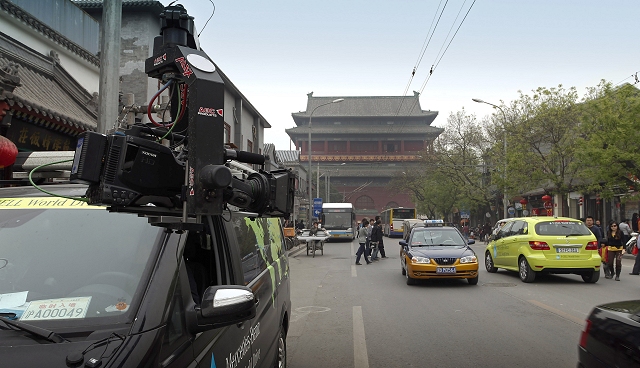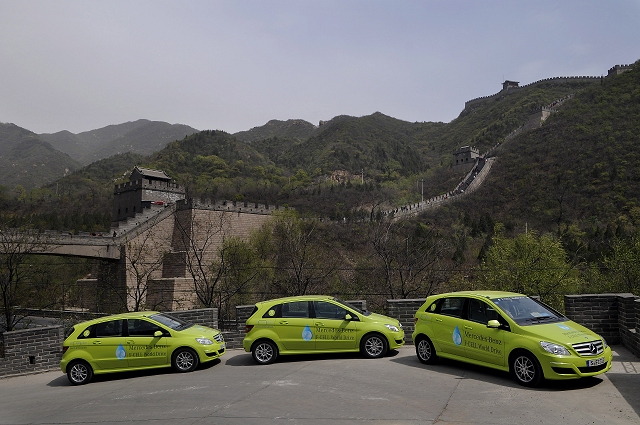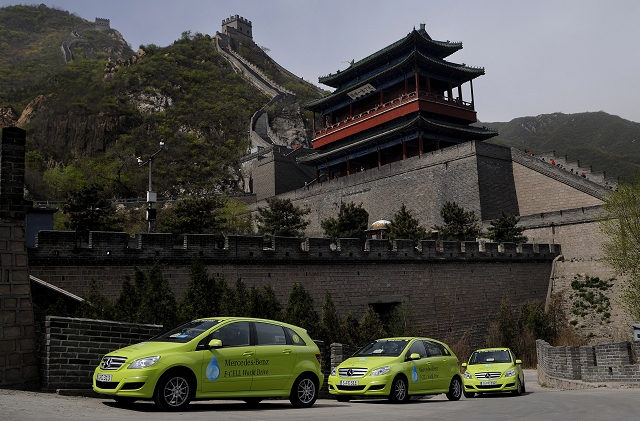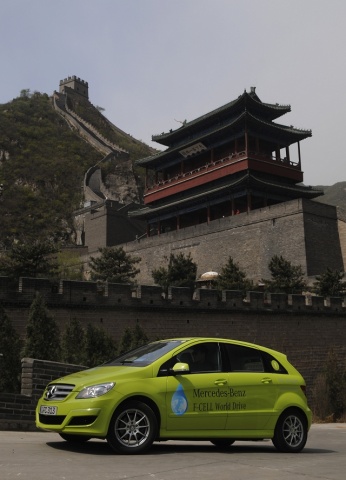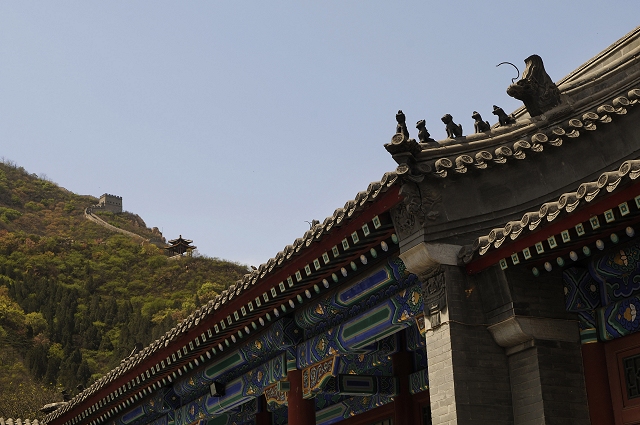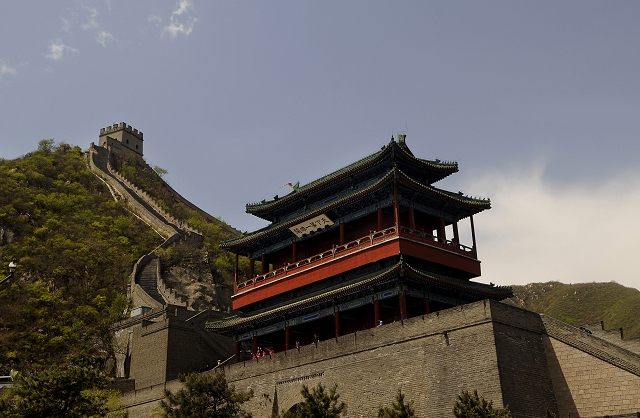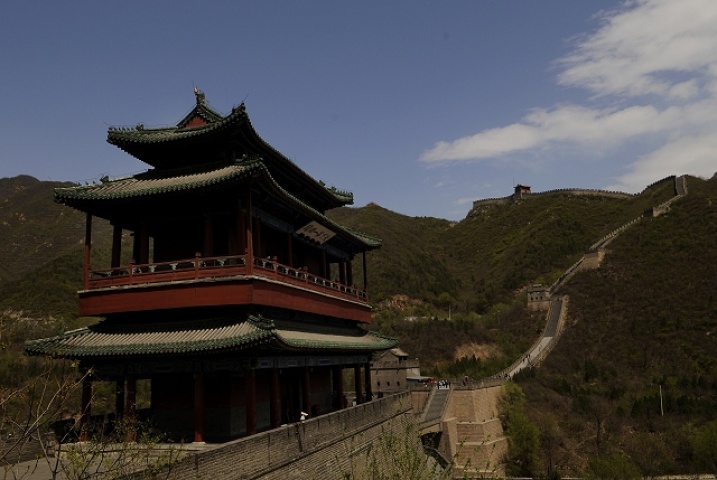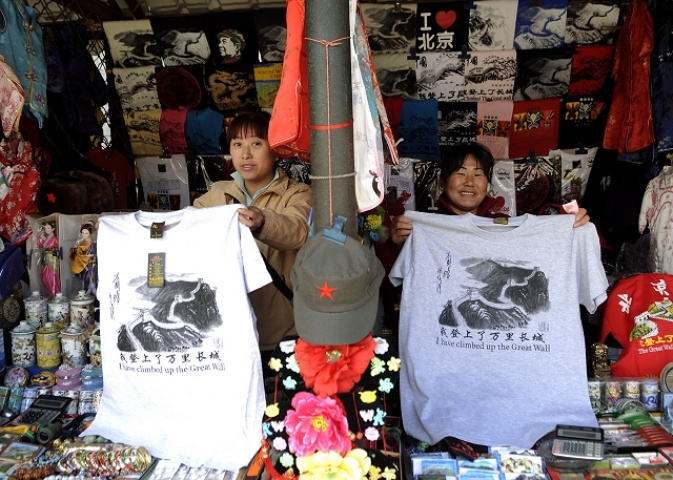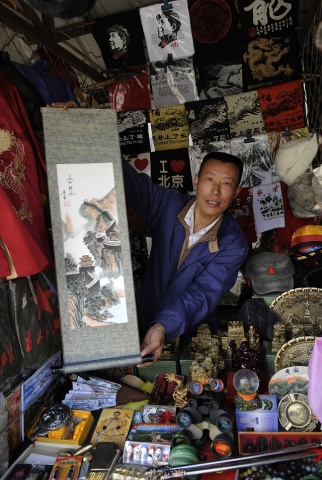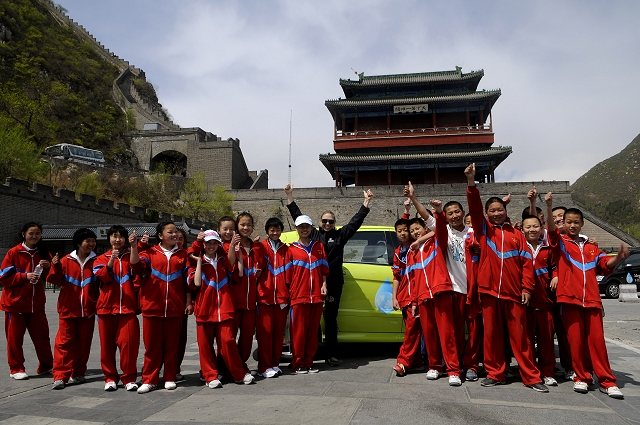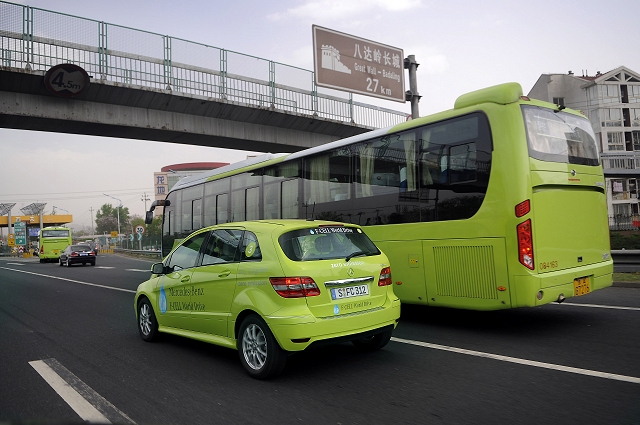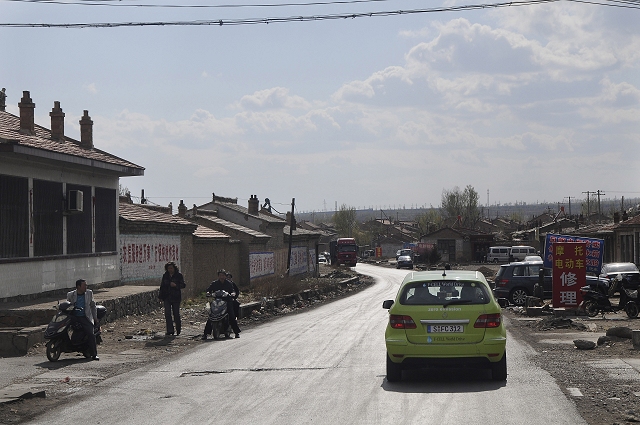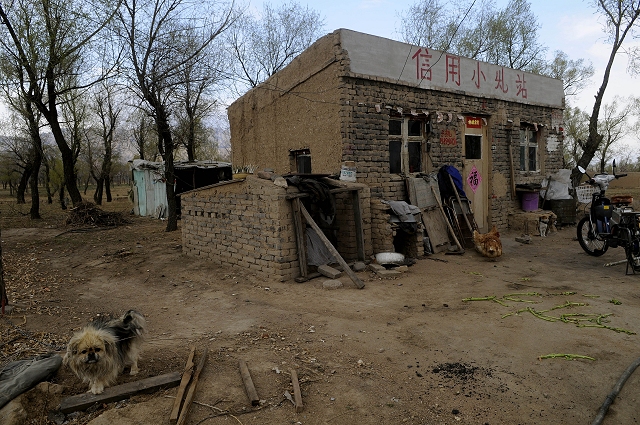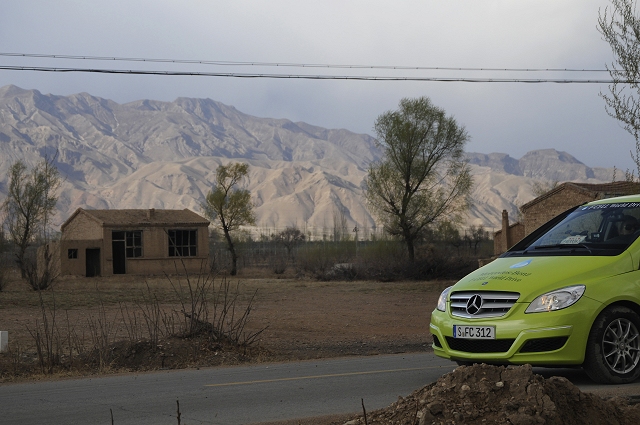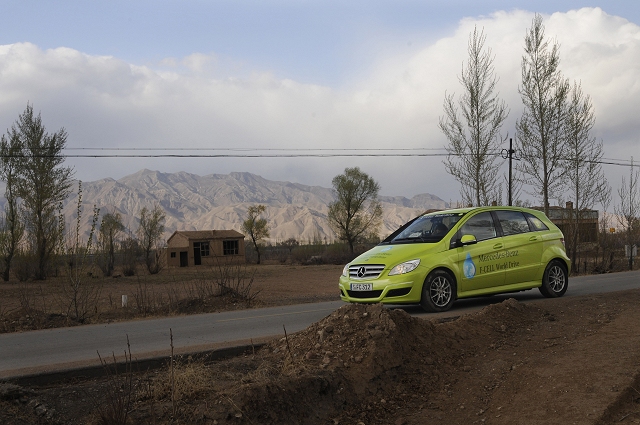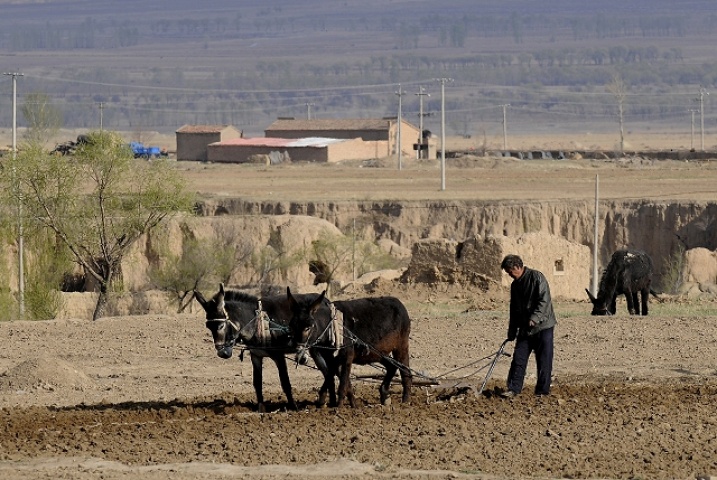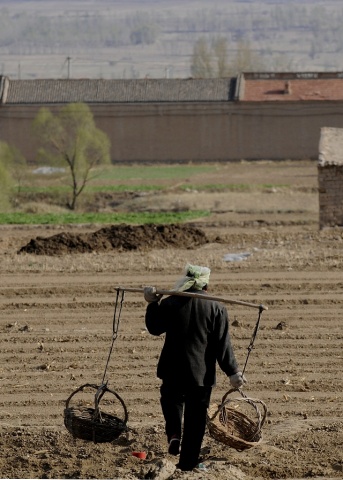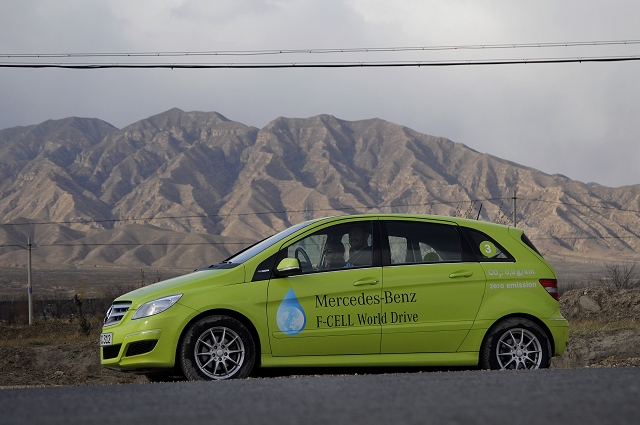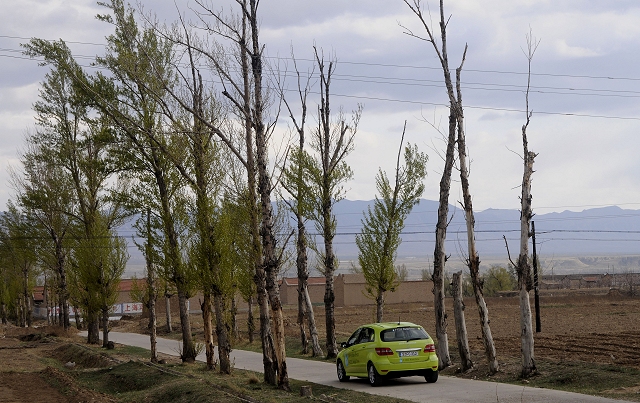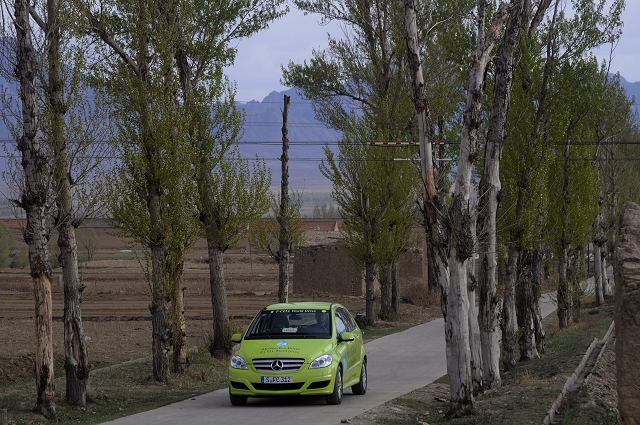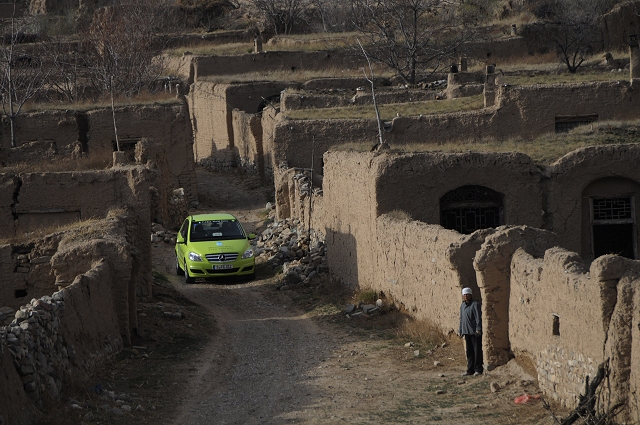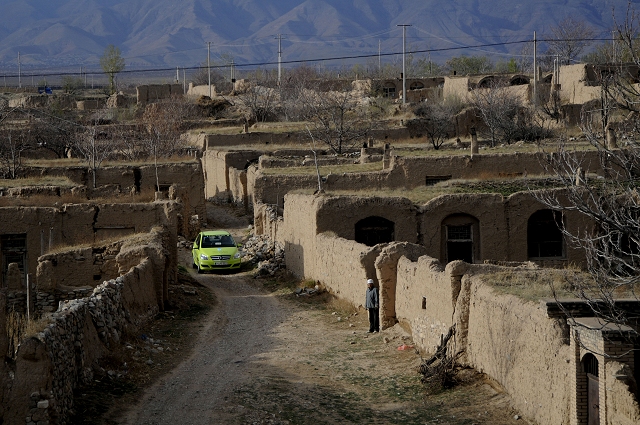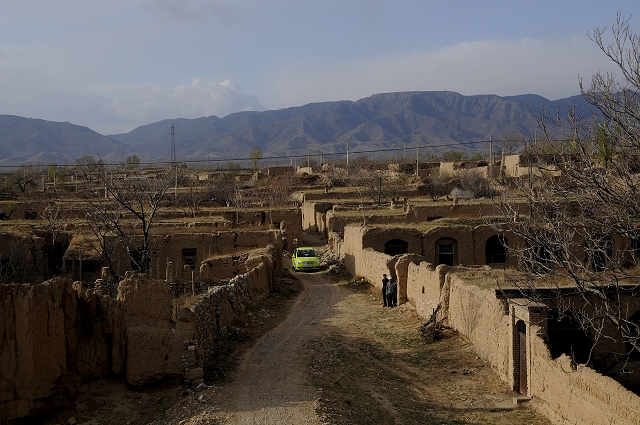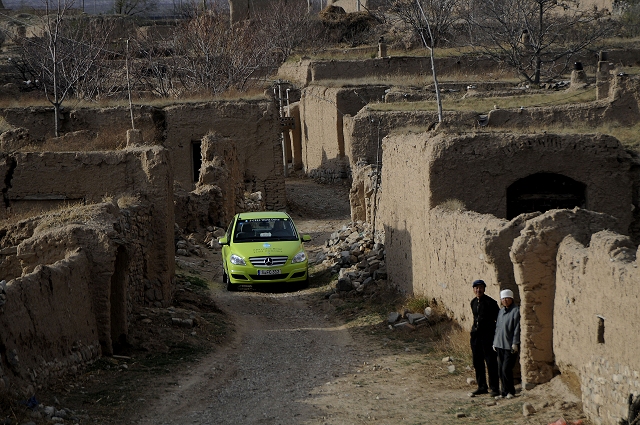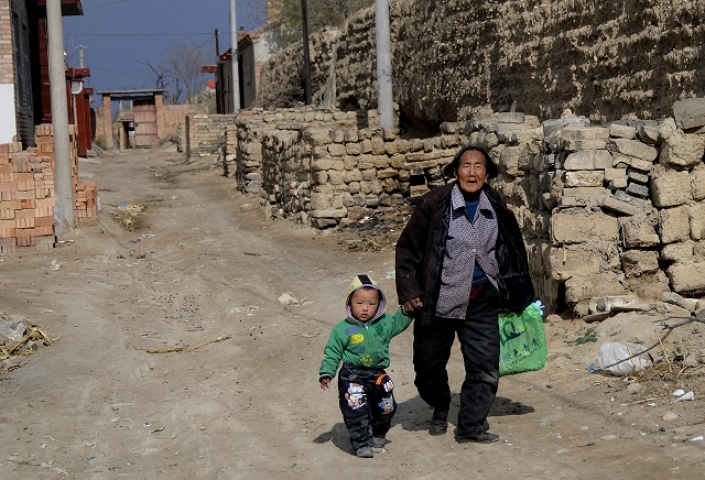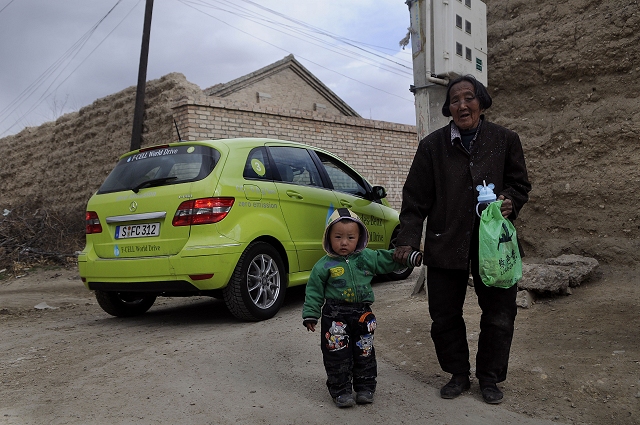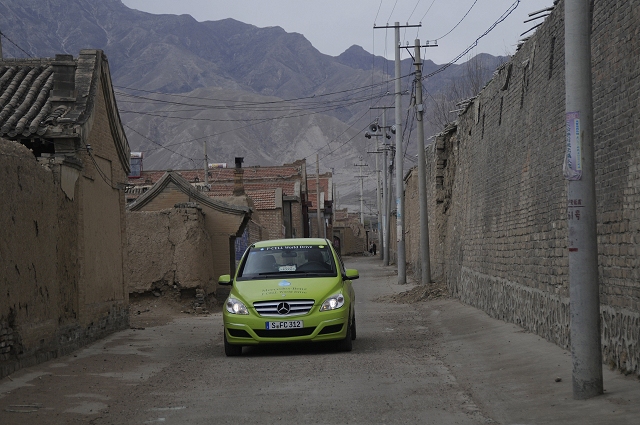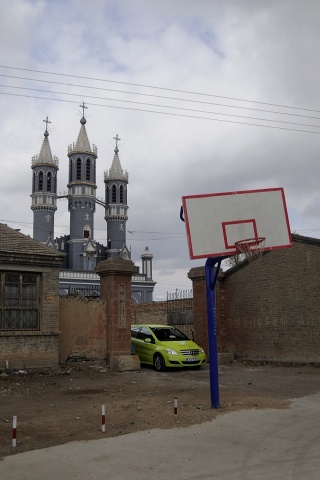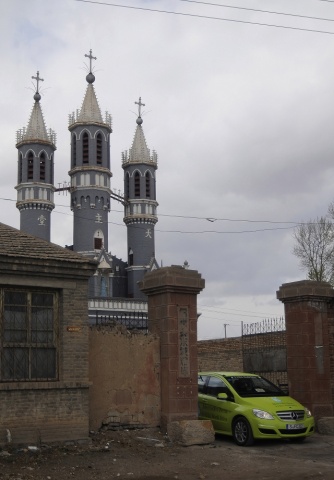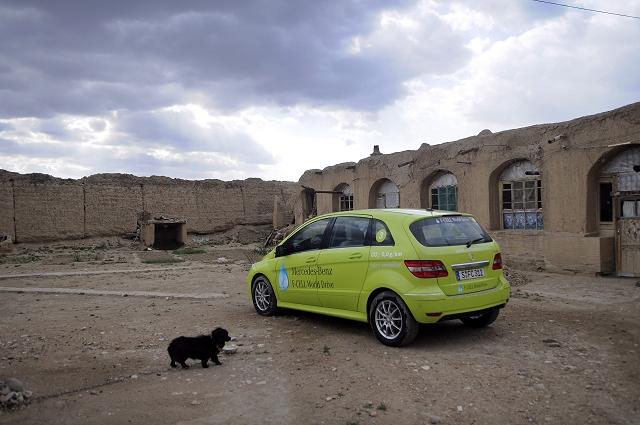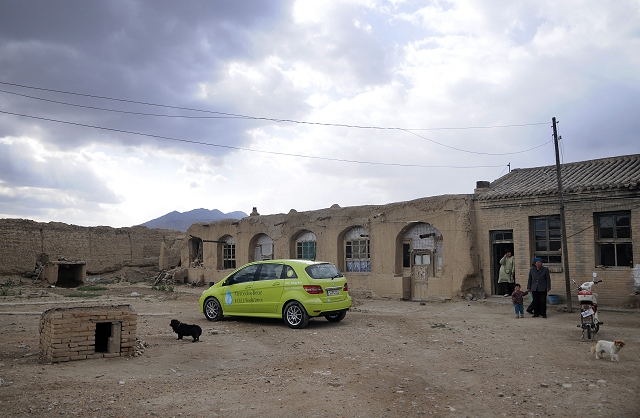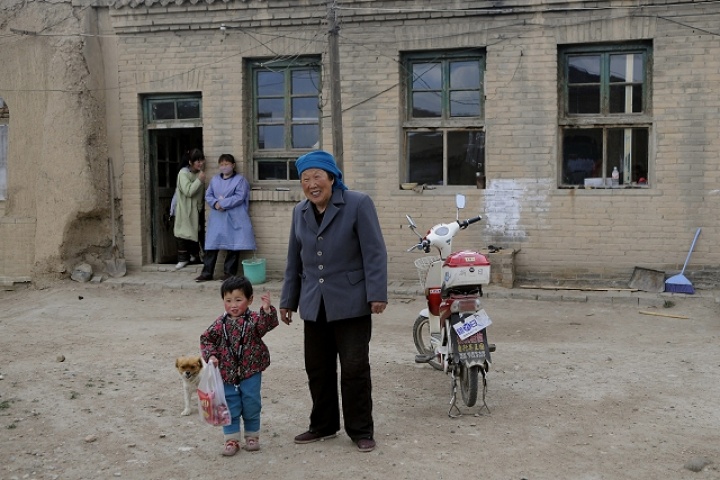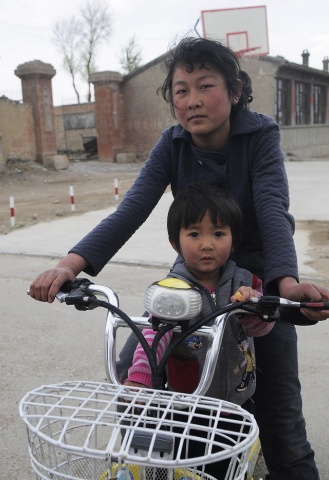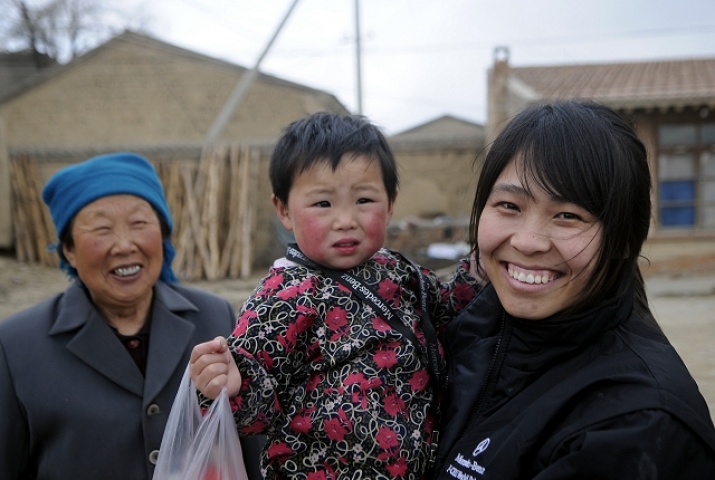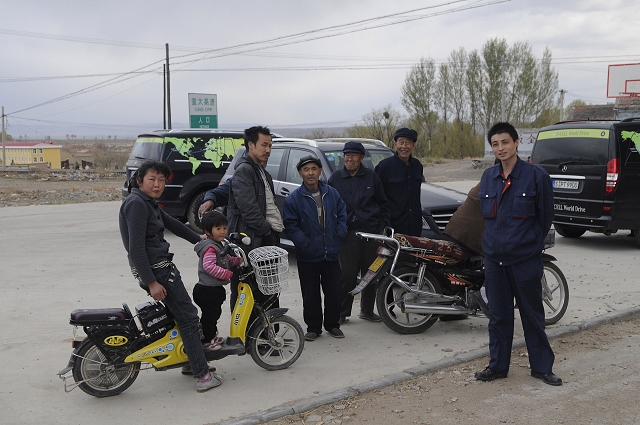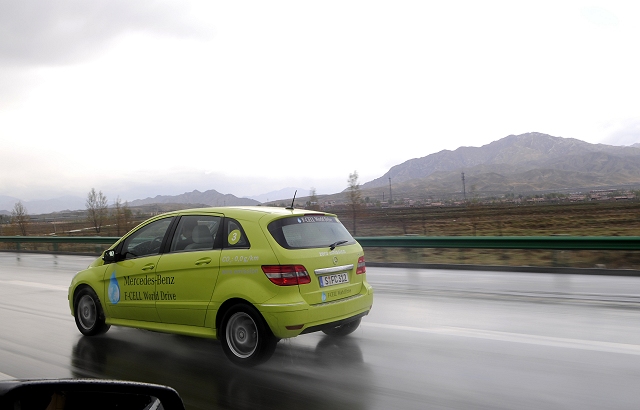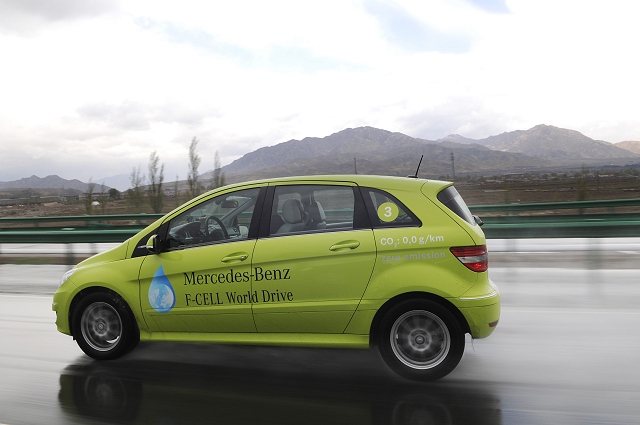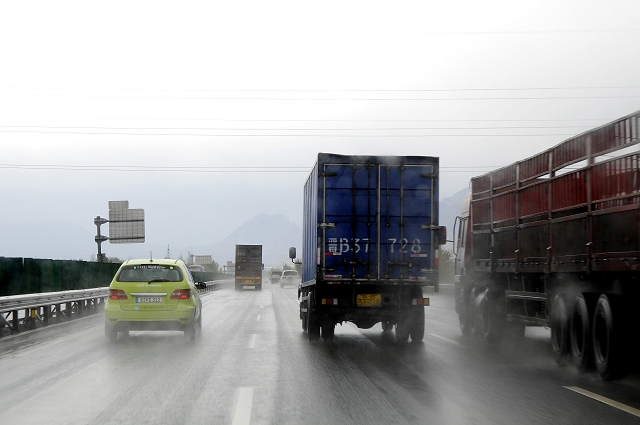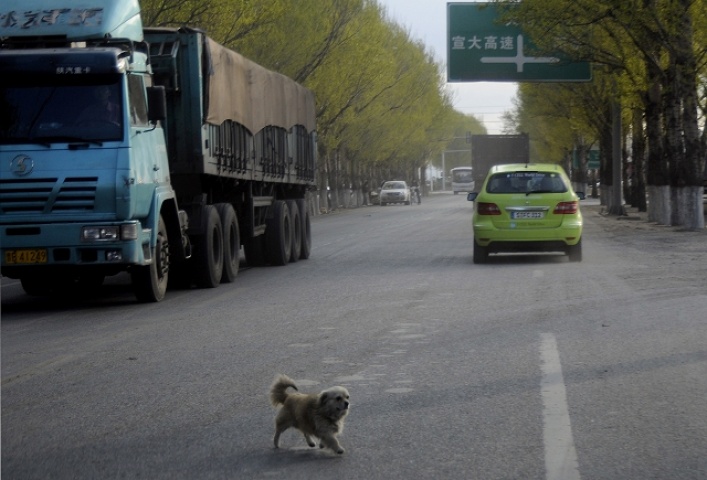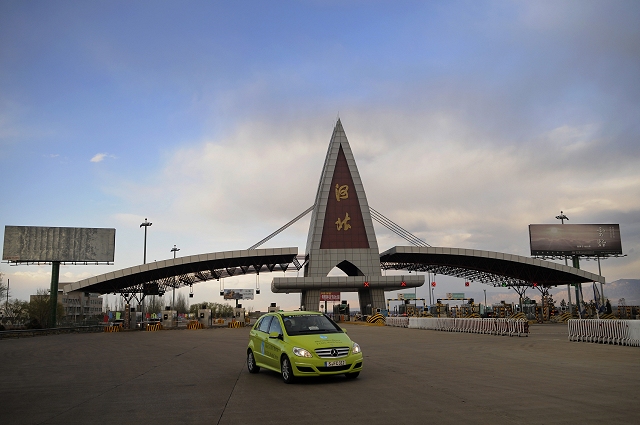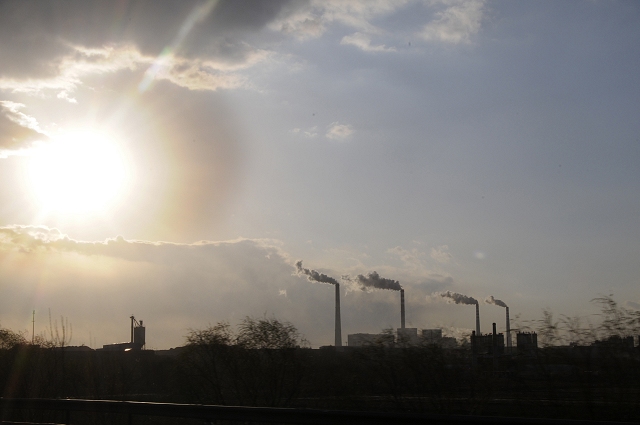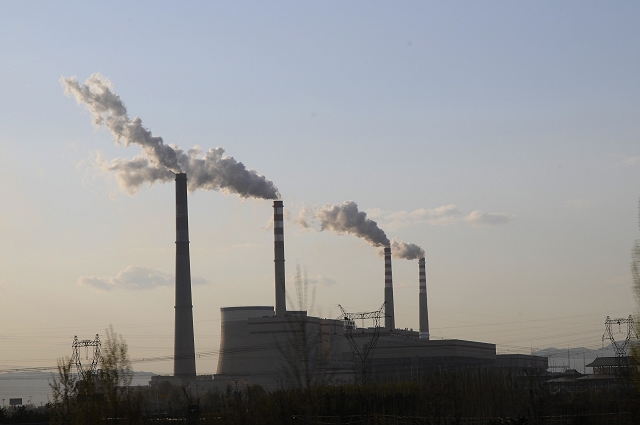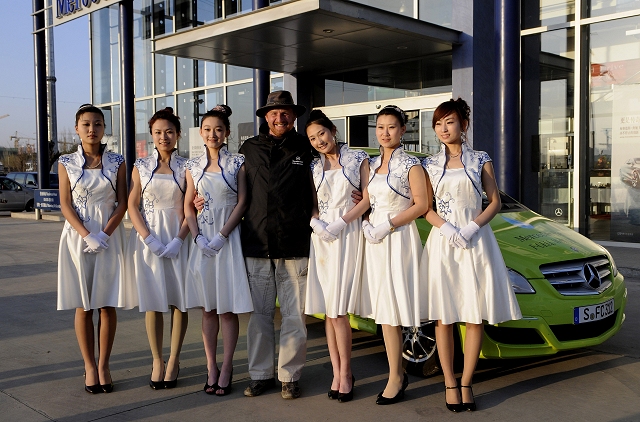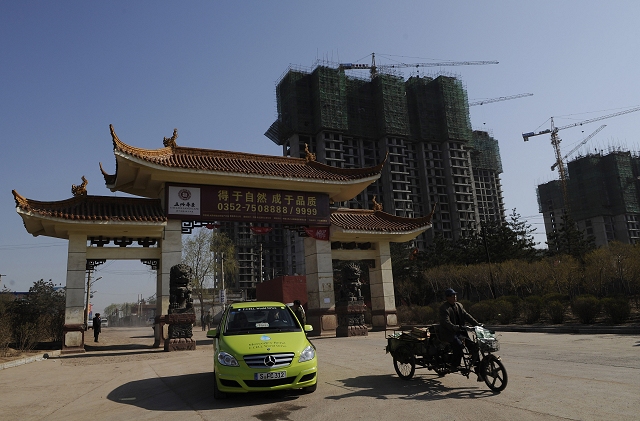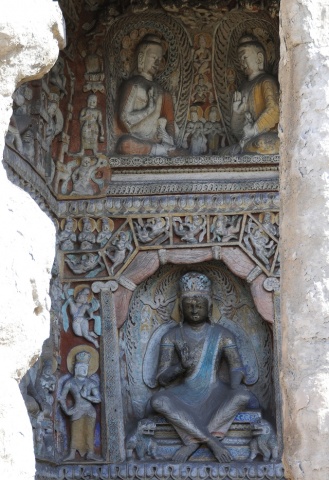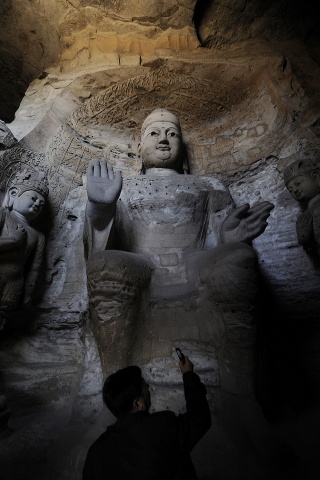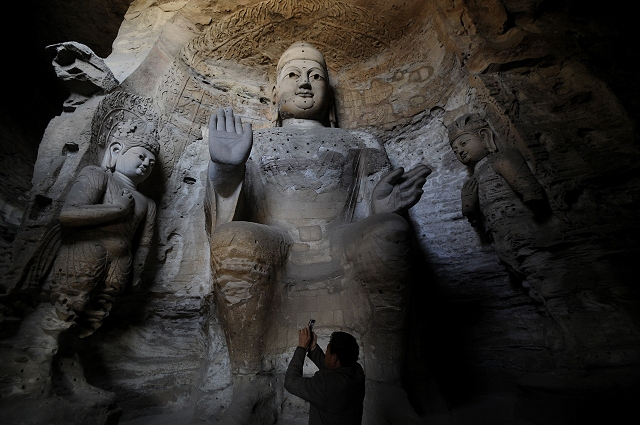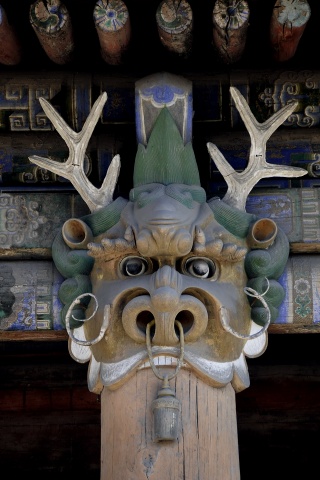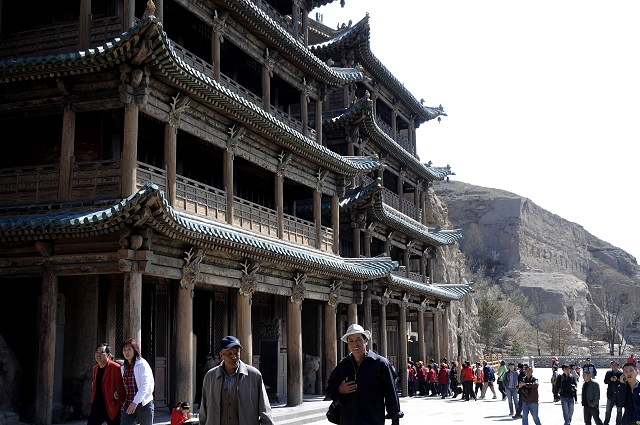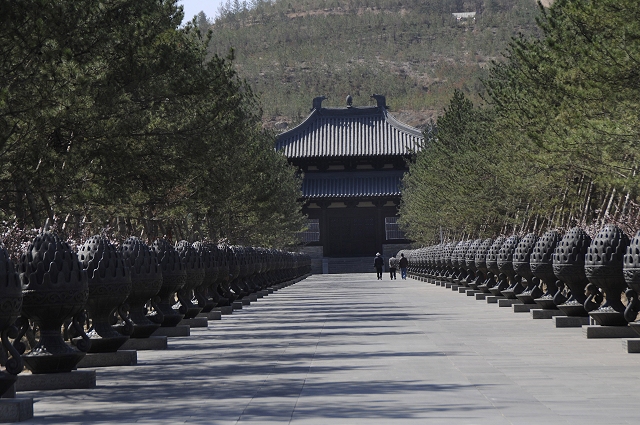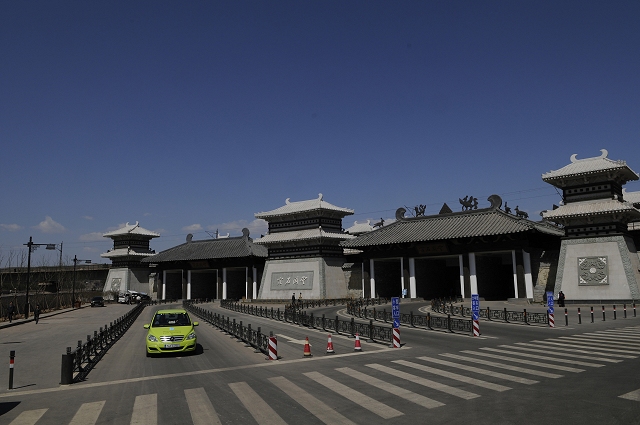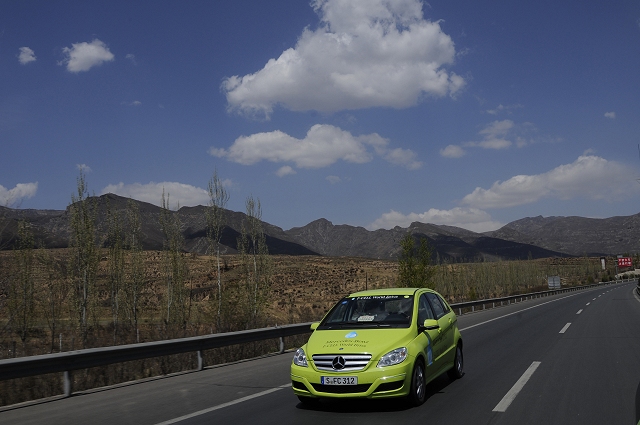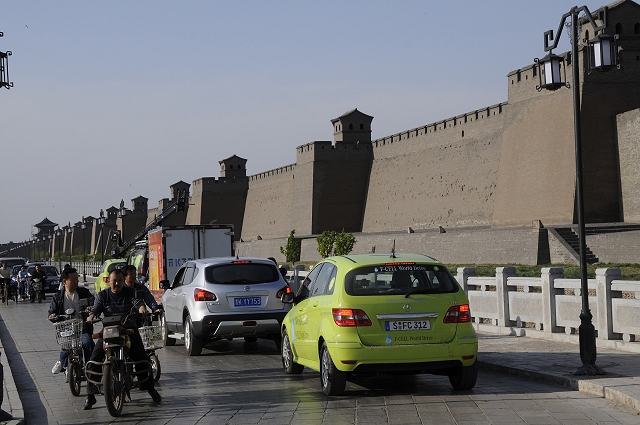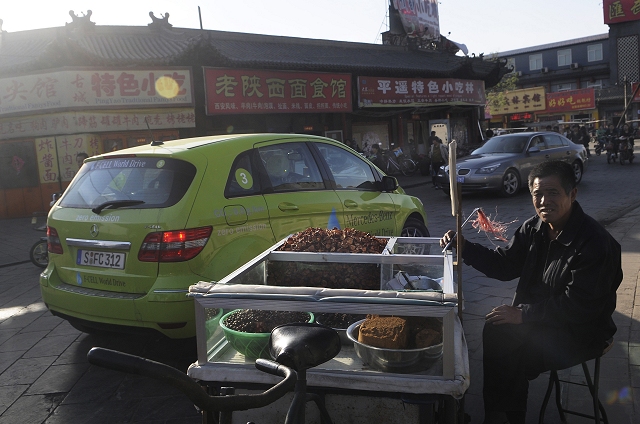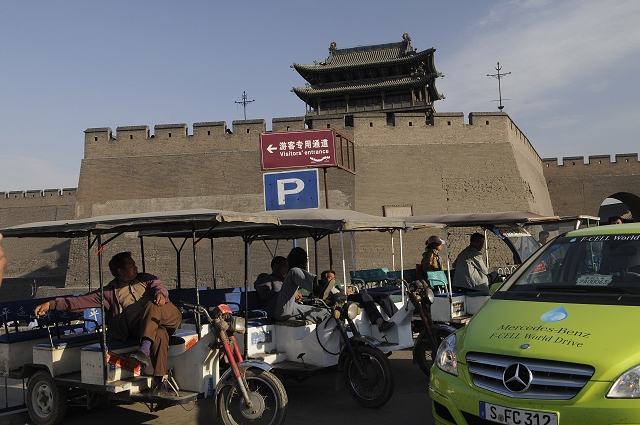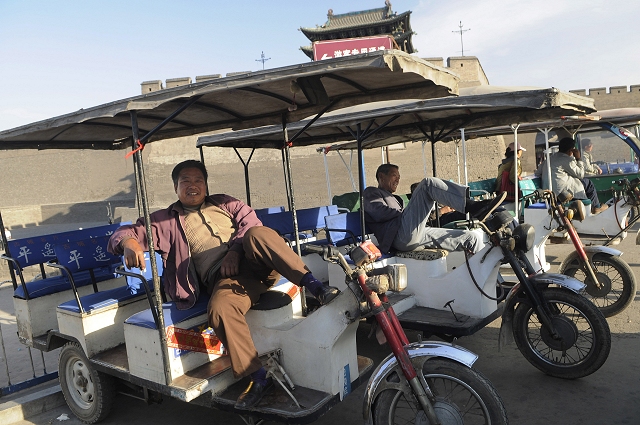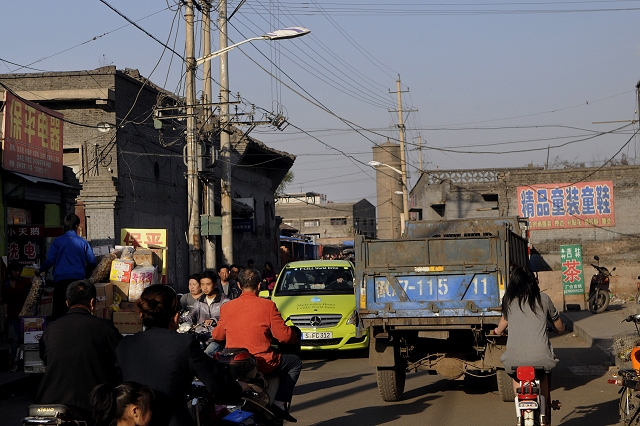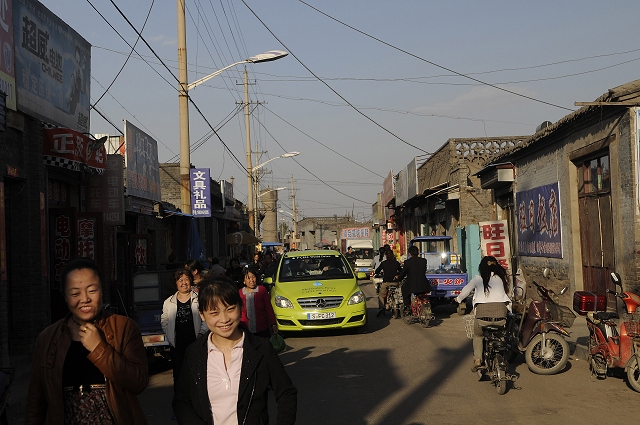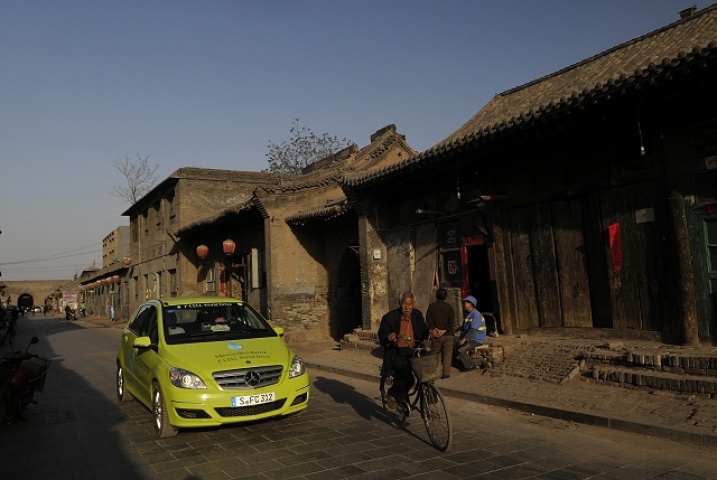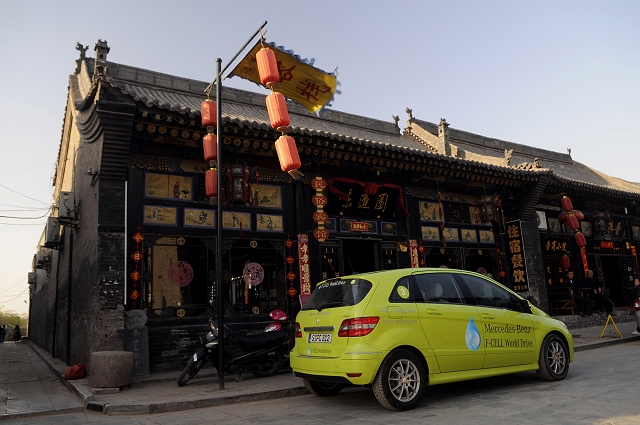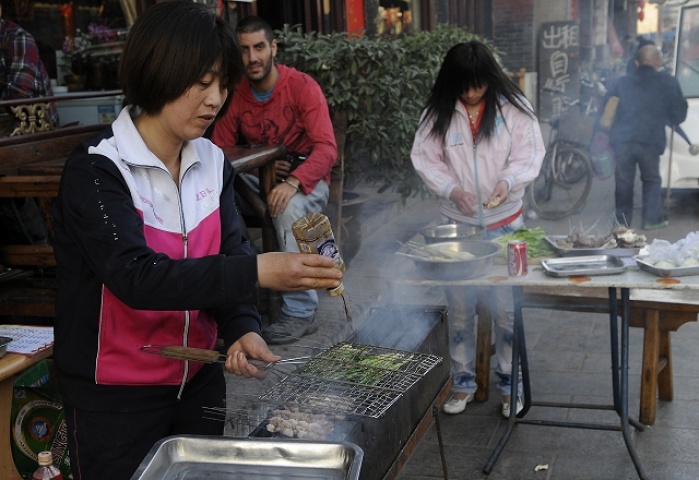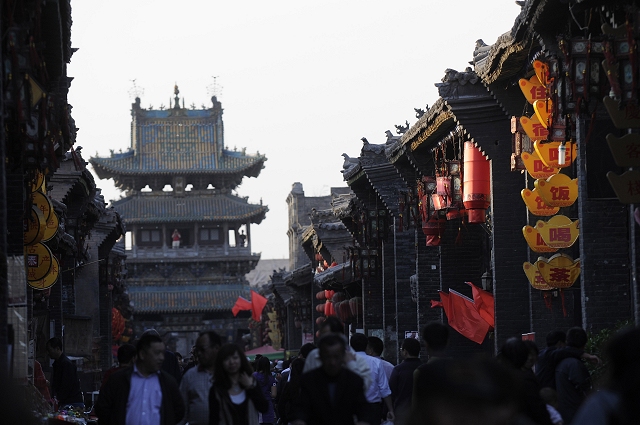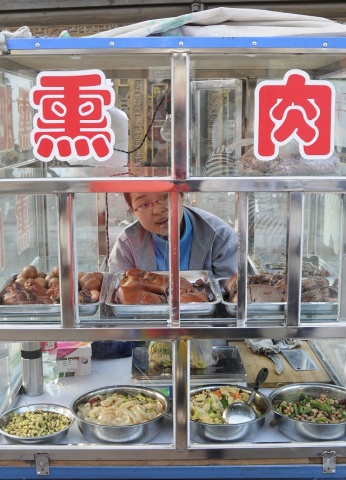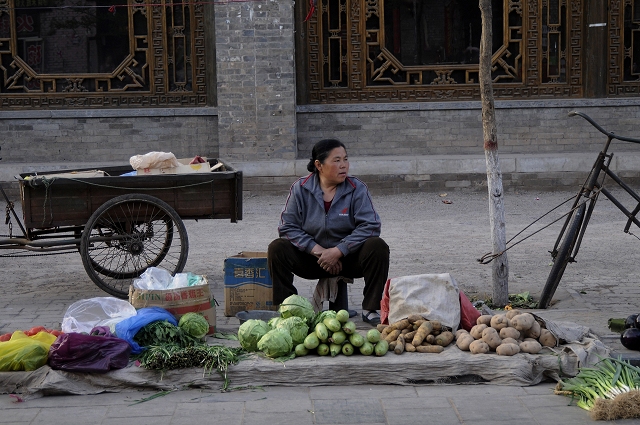The point of the F-Cell World Drive is to prove that fuel cell technology is ready for everyday use. About 31,000 kilometres will be travelled in just 125 days by each of the three F-Cell cars taking part - powered by hydrogen and emitting only water. We drove over 1,300 kilometres of the stint through China.
Day 1: Beijing to Datong
Population of Beijing: 22 million
Distance travelled: 409 kilometres
Tourist bit: The Great Wall of China
An early morning shuttle to the outskirts of Beijing did little to prepare us for what was to come. Traffic was light and progress was swift and smooth. While we waited for the off in the F-Cell someone casually mentioned that the innocuous-looking factory we parked near produces over 300,000 Mercedes-Benz E-Classes per year for the region. The scale of this country is breathtaking and numbers like that barely convey it.
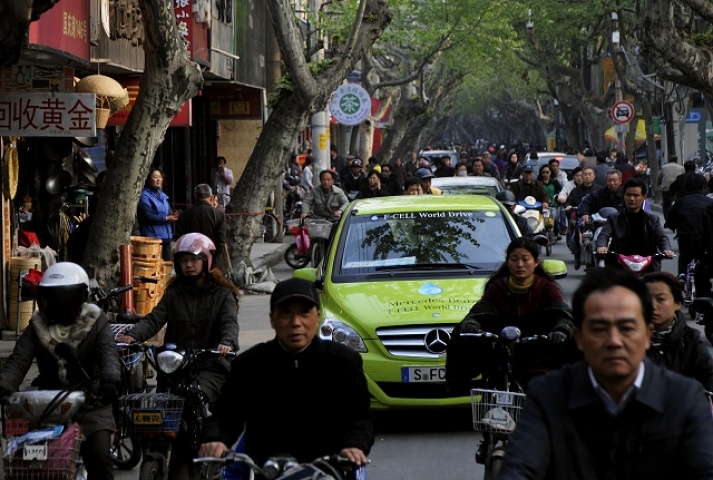
A few hours spent in extremely heavy morning traffic was a more tangible illustration. Imagine the M50 at its worst, packed with bank holiday traffic. Now factor in a few major accidents. Sounds tough, right? That's only the start of it. To fully understand the experience in China you then have to throw away the book titled 'Rules of the Road'.
Each and every driver is vying to get ahead, no matter how. They don't stick to a lane for very long and rarely indicate when moving from it. However, it's not like they watch their mirrors to wait for a gap either, they just move out whenever suits. To say you need your wits about you is a serious understatement. Apparently even the main arteries around Beijing get clogged up outside of rush hour, despite the authorities' best attempts to limit traffic and car ownership.
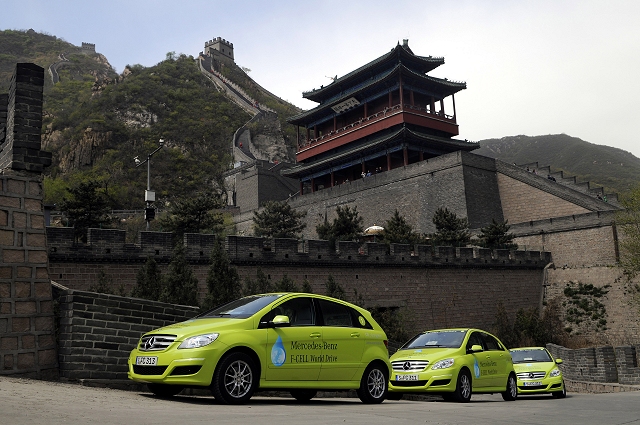
Somehow all three F-Cells made it unscathed to visit a particularly impressive section of the Great Wall. Walking up steep sections of the wall was an incredible experience, but just as remarkable was catching glimpses of other parts of if throughout the day in the distance. Not surprising really when you realise that it's said to span about 8,000 kilometres. That you can see it from space is a myth by the way.
Day 2: Datong to Lingshi
Population of Datong: 3.11 million
Distance travelled: 469 kilometres
Tourist bits: Yungang Grottoes/Cloud Ridge Caves, Pingyao village
Another early start suggested we might beat the traffic out of Datong, but no such luck. It wasn't quite as heavy as in and around Beijing, but it was even more chaotic. That was partly to do with a greater mix of road users. There's a distinct hierarchy at work rather than any notion of rules, based on the size of vehicle - and its perceived prestige.
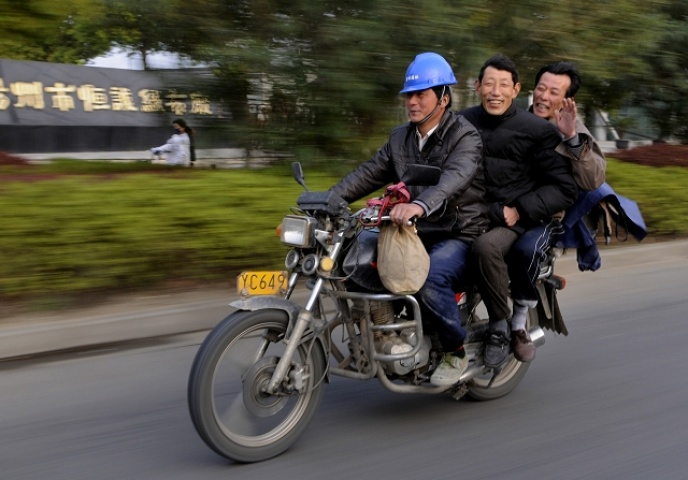
Pedestrians are the lowest form and they are completely ignored by drivers. In spite of that they regularly step out in front of cars without any warning. Cyclists and scooter riders are marginally further up the food tree, but they're even less predictable and often carrying unbalanced loads. You soon learn to ignore them, as they know they have to give way to cars.
The F-Cell, obviously based on the Mercedes B-Class, is a good size for this type of driving. It's small enough to nip in and out of gaps, but it's not so small that drivers of bigger vehicles reckon they have priority. The foreign plates, Mercedes badge and bright green paintwork actually help too. We noticed that drivers of new, large European cars were the biggest bullies on the road, and there was no retribution at all.
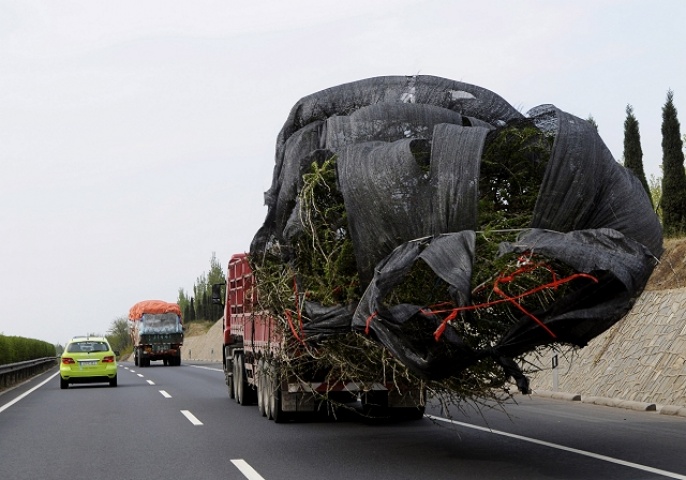
For a while it seems that the constant beeping accompanying this chaos must be in anger, but actually the horn is mostly used as a warning to others that you're coming through. Oh, and we found out the hard way that if a driver flashes his lights, he's coming through, not that you should go ahead...
Day 3: Lingshi to Xi'an
Population of Lingshi: 233,000
Population of Xi'an: 8.25 million
Distance travelled: 512 kilometres
Tourist bit: Terracotta army
Day three started with a shocking reminder of how dirty fossil fuels can be. The 'scenic' route we took passed through one of the biggest power generating areas in China. Sadly, it's also known as one of the dirtiest. The power generation is mostly thanks to burning coal, which is transported in (filthy) trucks and massive freight trains. The power plants look dirty enough with smoke billowing out of them, but you don't need to see the fumes to know they're there; you can feel it in your throat and the air is thick with smog. I shudder to think how it affects the people living in that area, never mind our atmosphere.
But China is changing and this, gradually, will become a thing of the past. In contrast, there are more recycling bins everywhere than here and each new power plant (of which we saw several under construction) aims to be cleaner than before. With a population of over 1.3 billion people it's of utmost importance to the rest of the planet that the country's technology and eco-aspirations catch up.
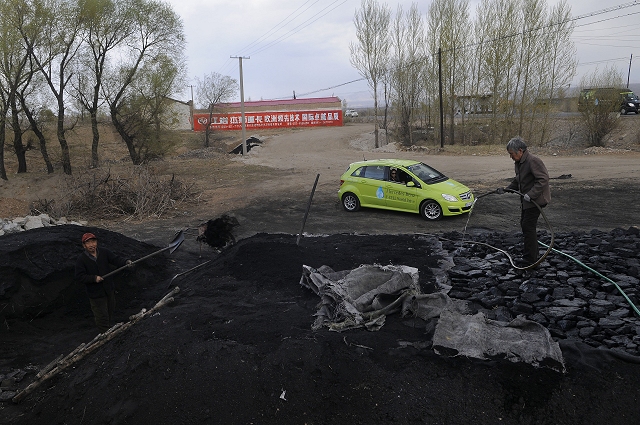
Speaking to Mercedes-Benz engineers on the trip is encouraging in that regard. When the German company first started to discuss a partnership in China it assumed that the latest emissions and pollutant reducing technology would not be of primary interest, but found the opposite.
Is hydrogen the answer?
Leaving aside the incredible experience of such a journey, the F-Cell Mercedes really proved itself. We drove it as we would have a regular car at the same speeds and without attempting to get the most out of each tank. The route featured everything from brand new motorway to chaotic broken urban streets to barren wasteland where the roads resembled a test course for an off-road vehicle. The car was comfortable, quicker than virtually anything else we encountered on the road and utterly reliable.
I don't want to give the illusion that we were alone in all this. While we were often driving solo, relying on a rudimentary guidance system, the support crew was extensive, including two articulated trucks, two more carrying hydrogen, a doctor, several Merc Vitos, Sprinters and GLs and even a few GLKs for good measure.
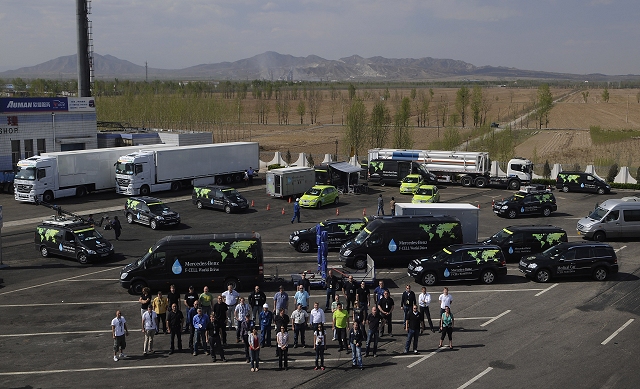
Most important were the hydrogen trucks and the accompanying mobile filling station. There is no such thing as a hydrogen filling network in our part of the world, never mind China. Still, the F-Cell has a range of about 400 kilometres so it's not like we were attached by an umbilical cord to the hydrogen trucks.
That lack of infrastructure is one of the biggest hurdles for fuelling cars with hydrogen. However, the desire to develop one is there. Germany will soon have 1,000 hydrogen filling stations, which is a start. As for the F-Cell, Mercedes is about half way through a 200-unit production run and is well on the way to developing its replacement. That will be based on the next generation B-Class and Mercedes hopes to make 2,000 examples.
Mercedes alone can't change the world, but it certainly appears to be playing its part. The world is changing in any case and nowhere is that more obvious than in China.
Mercedes-Benz F-Cell
Pricing: €1,000 per month in Germany
Engine: Proton Exchange Membrane (PEM) fuel cell generates electricity, which is stored in liquid-cooled lithium-ion battery of 1.4kWh capacity
Transmission: electric motor, front-wheel drive
Body style: five-door mini-MPV
Rivals: Mercedes-Benz B 180 CDI
CO2 emissions: 0g/km
Tax band: A - €104 per annum
Combined cycle consumption: 0.97kg of hydrogen per 100 kilometres
Top speed: 170km/h
0-100km/h: 11.4 seconds
Power: maximum of 136hp, continuous 95hp Torque: 290Nm from a standstill
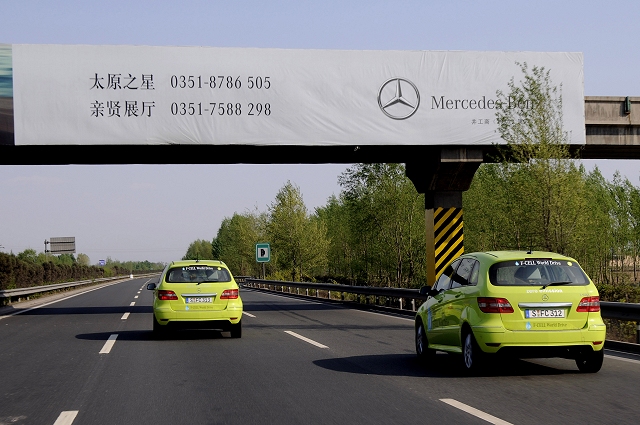
Mercedes-Benz F-Cell World Drive
Duration: 125 days (January - June 2011) Distance: approx. 31,000 kilometres Countries visited (in order): Germany, France, Spain, Portugal, USA, Canada, Australia, China, Kazakhstan, Russia, Finland, Sweden, Norway, Denmark, Germany
Distance in our stint: 1,389 kilometres Our average speed: 80km/h Highest speed achieved: 140km/h Average hydrogen consumption: 1.02kg/100km

